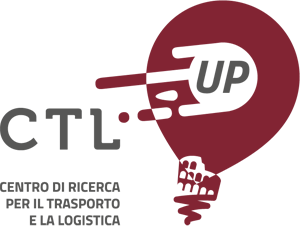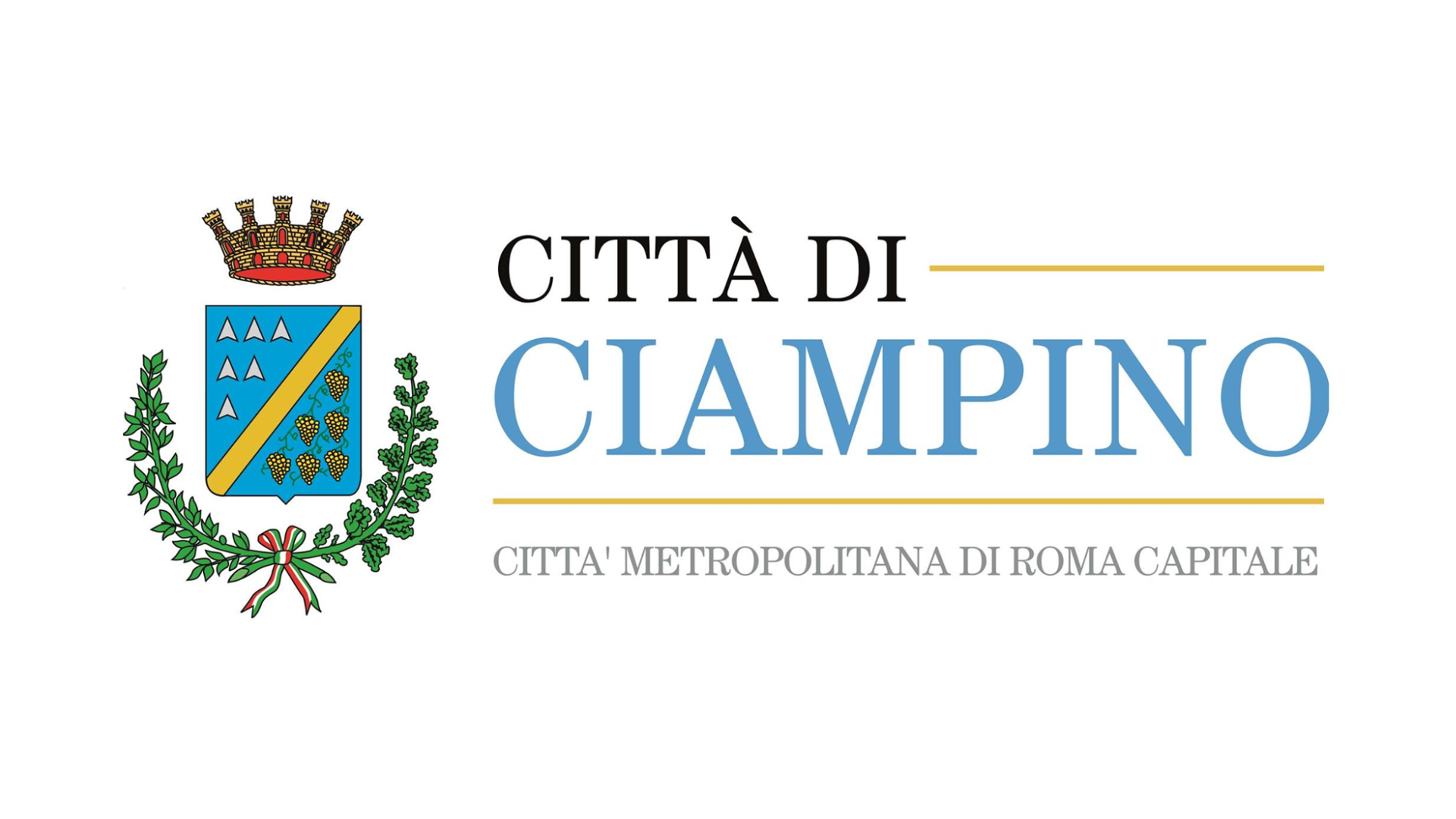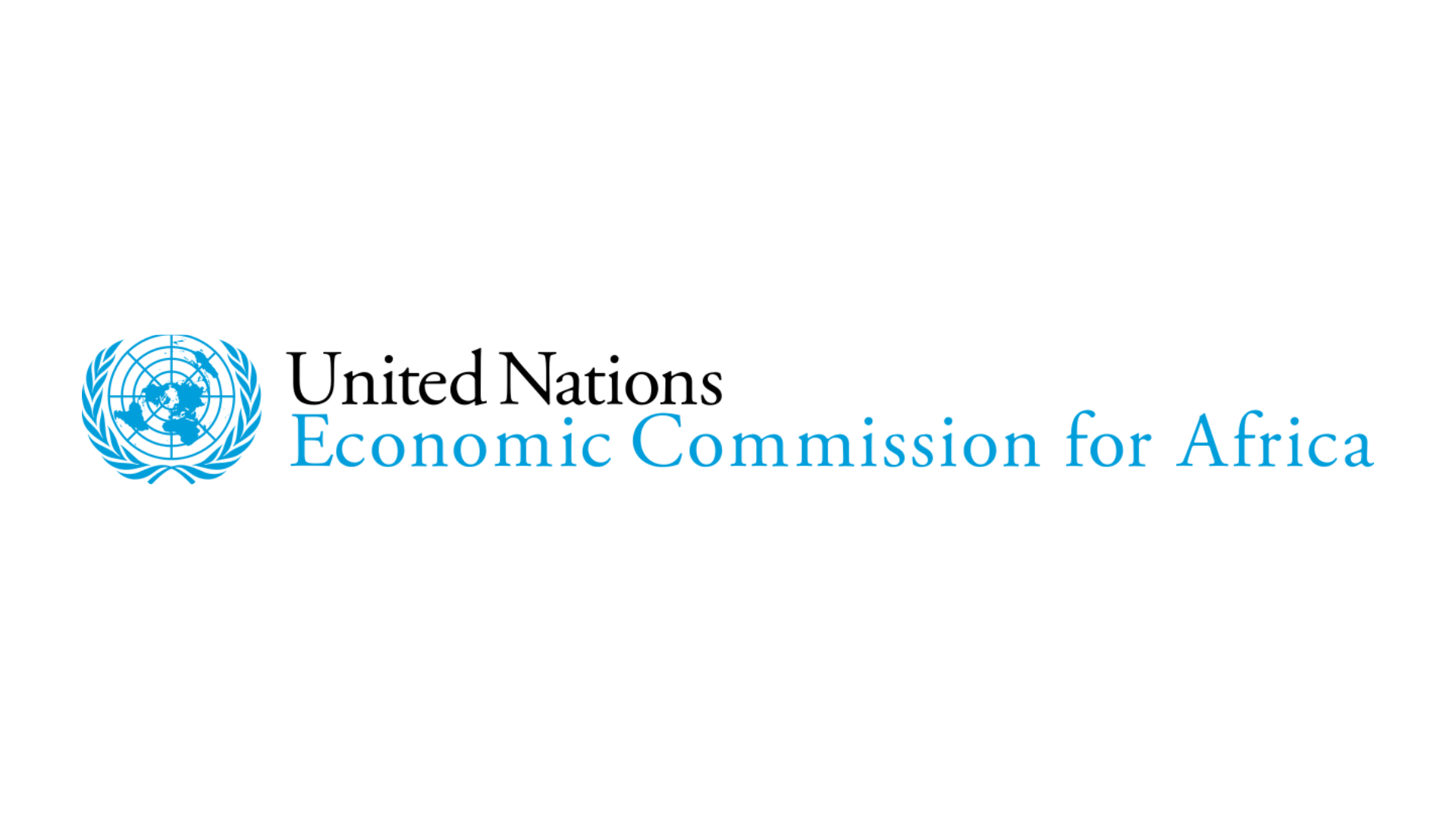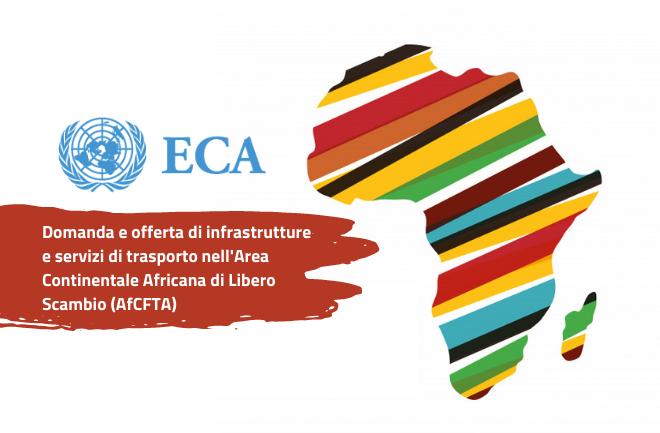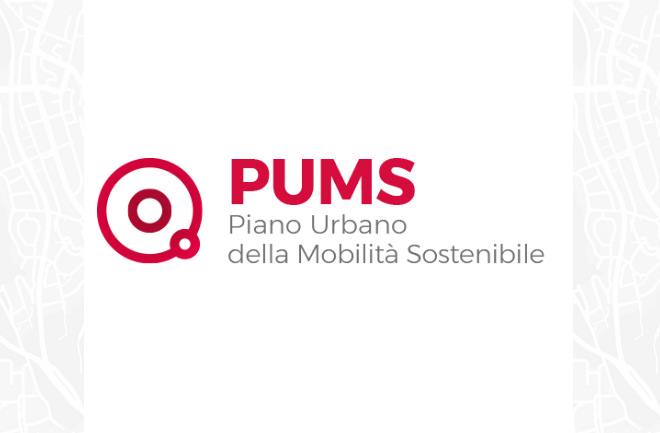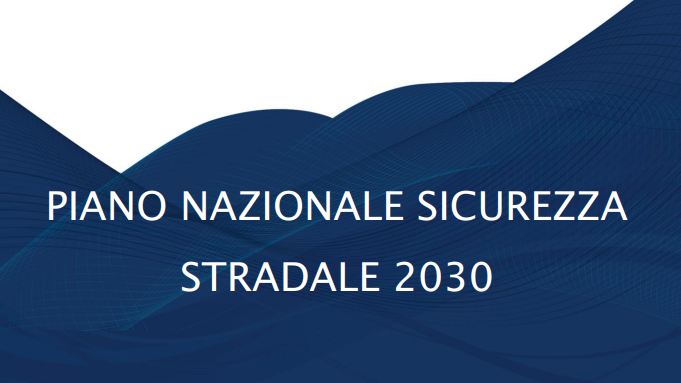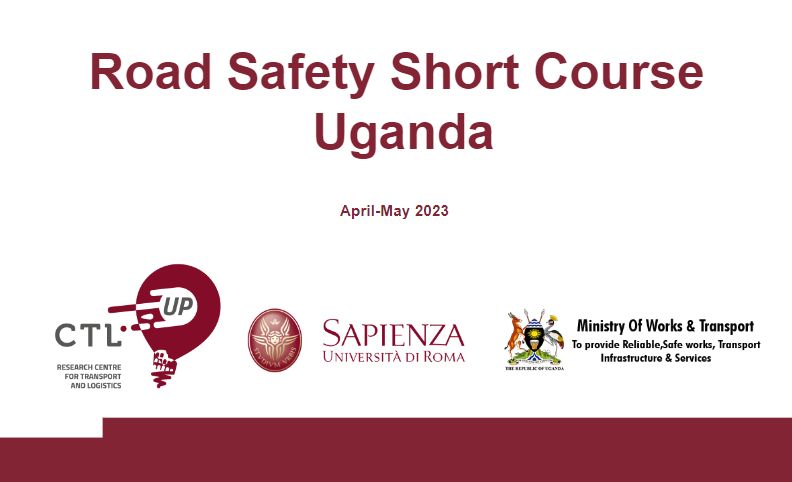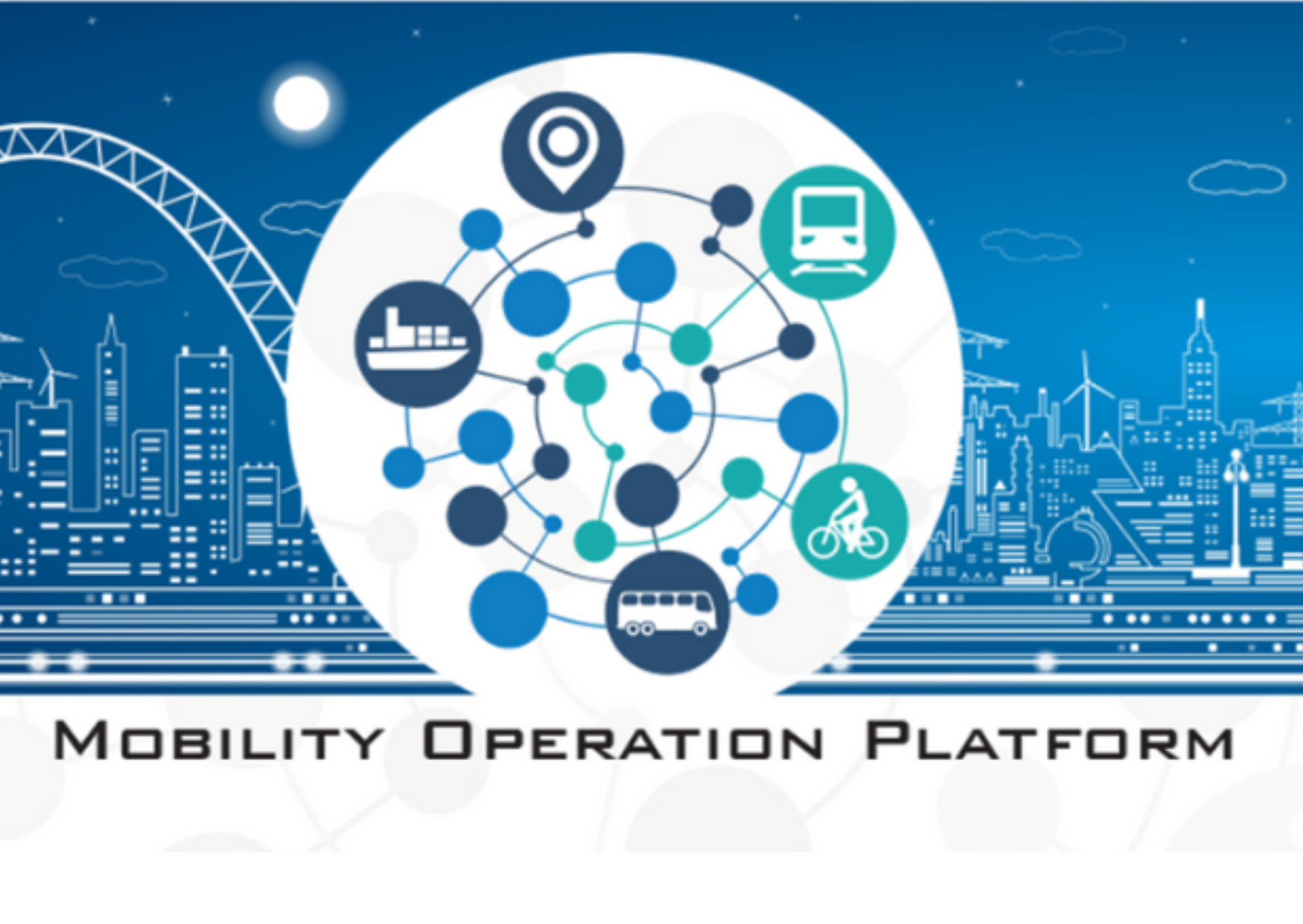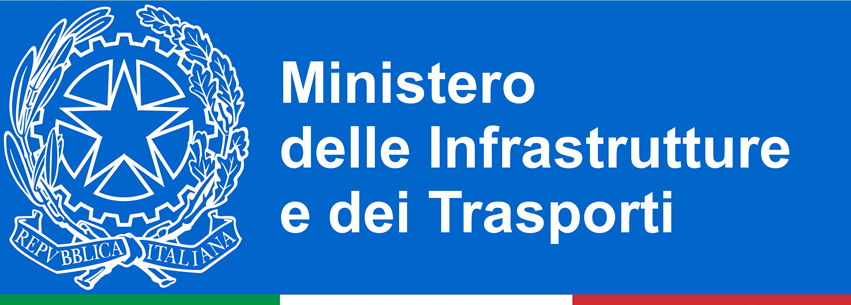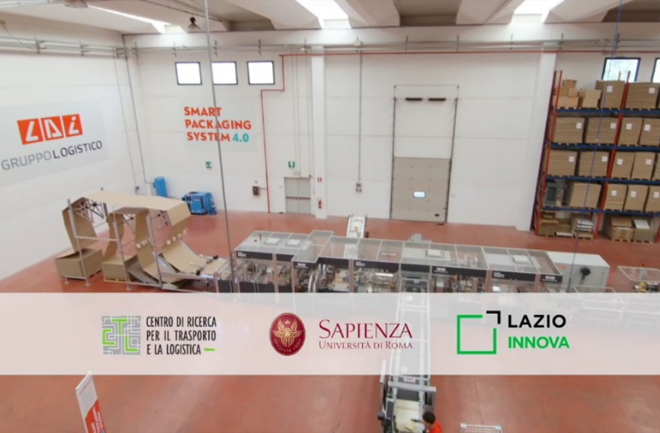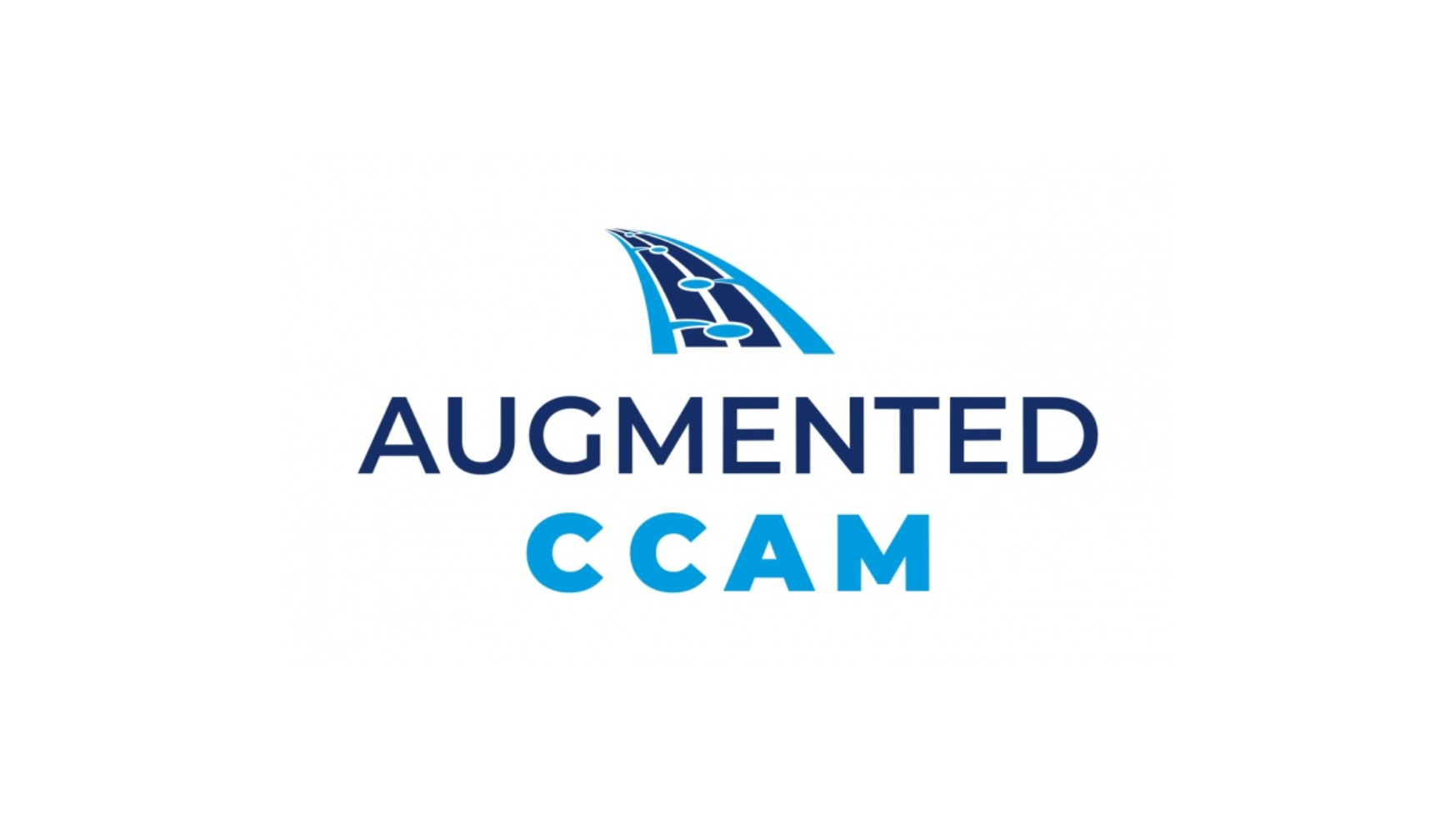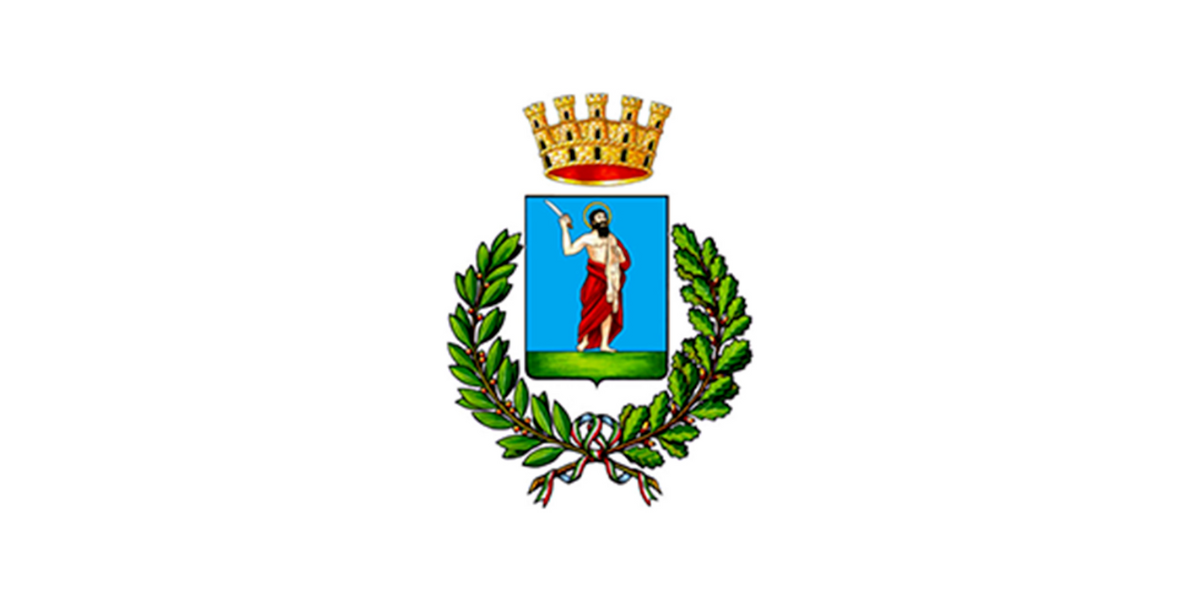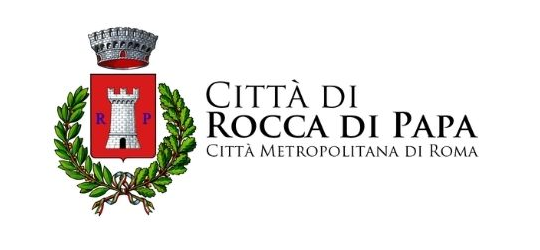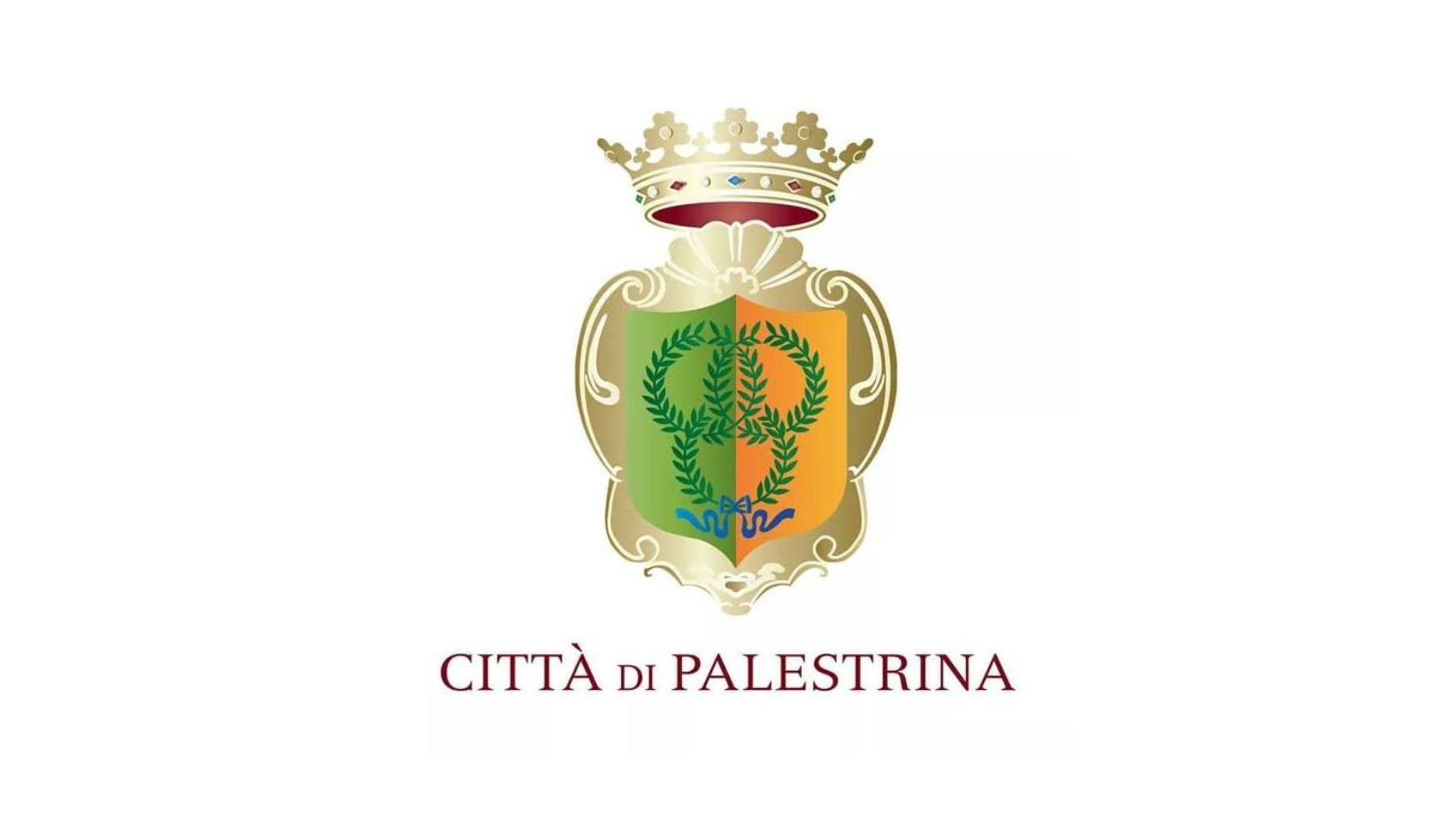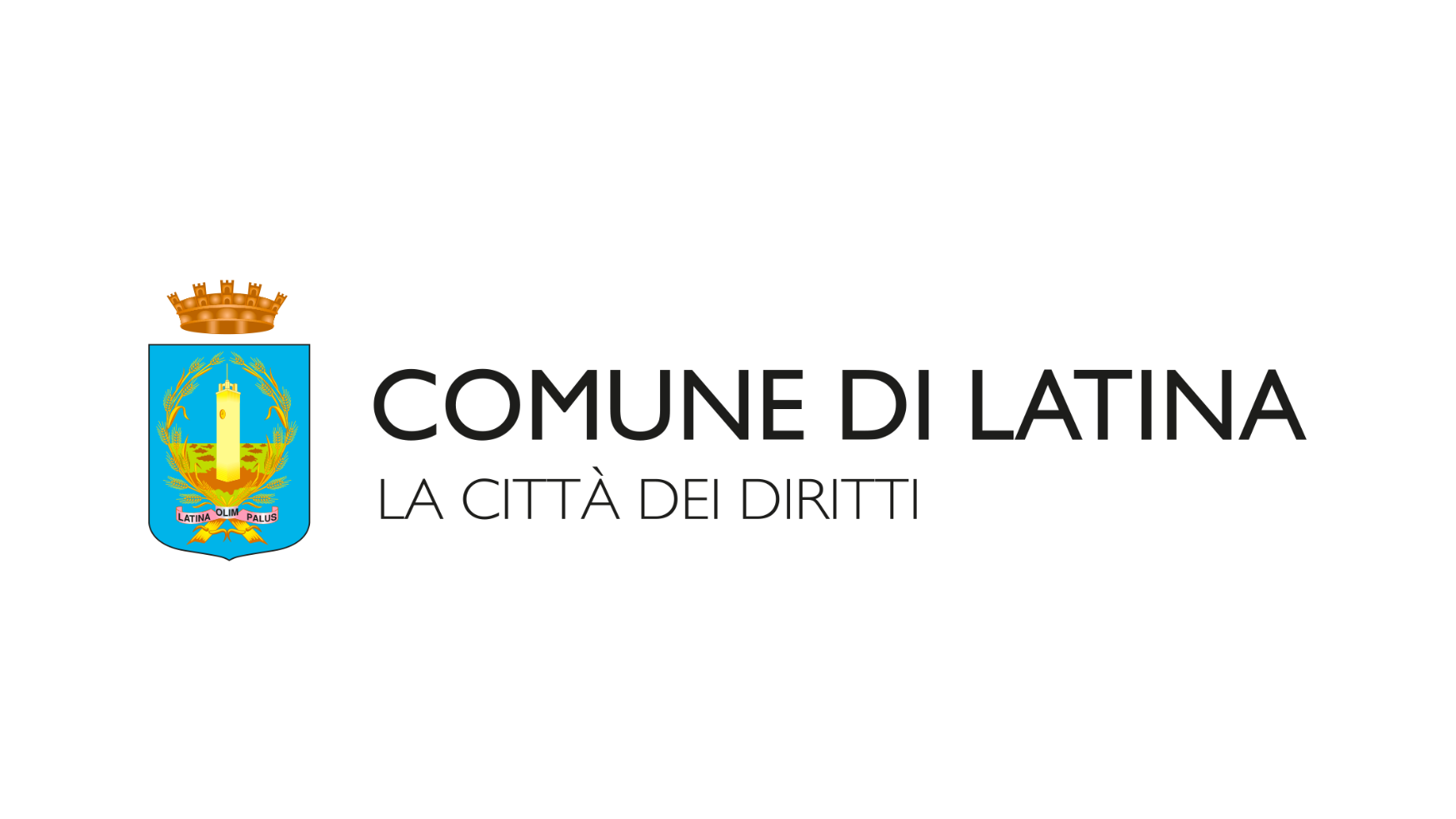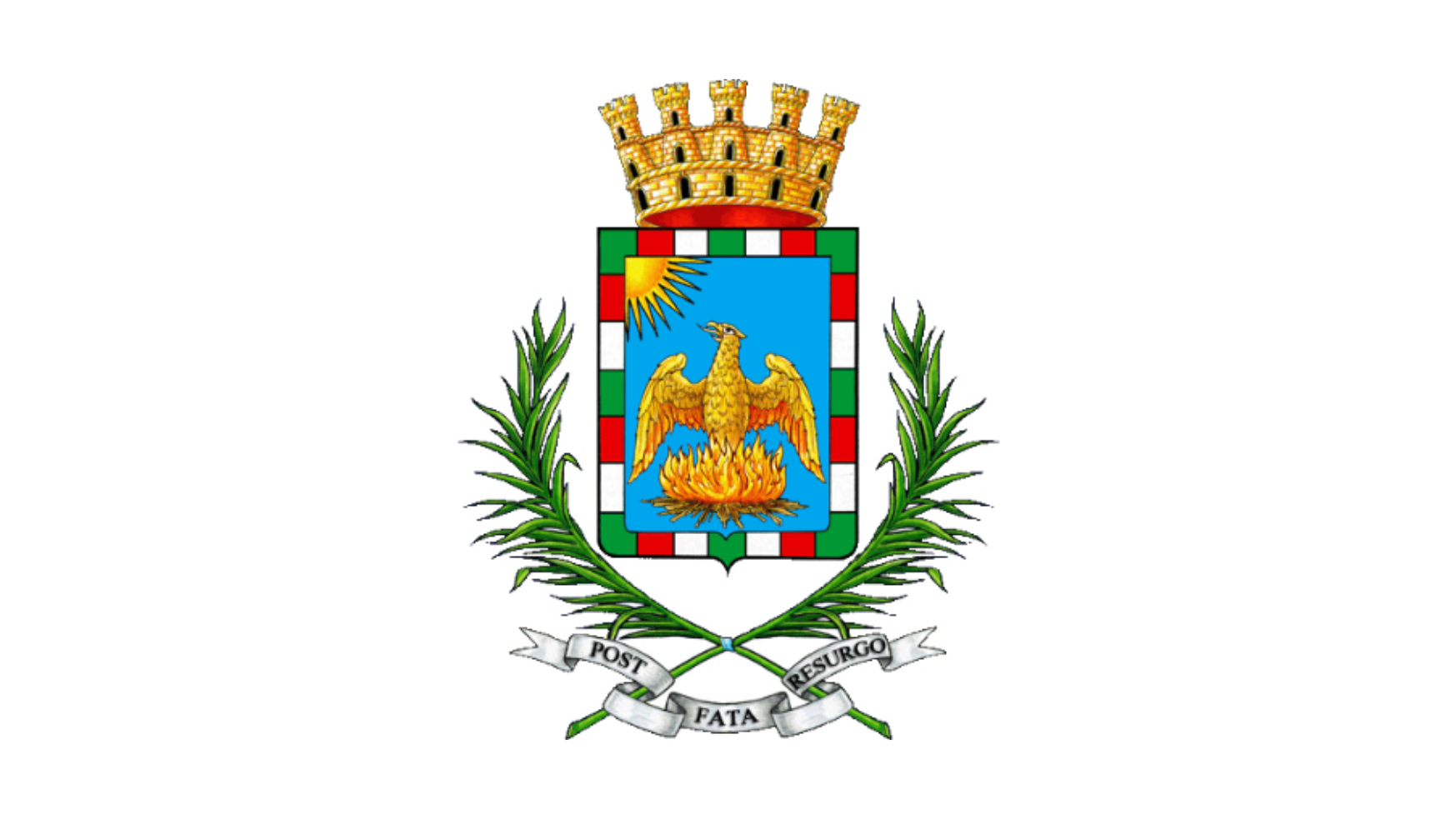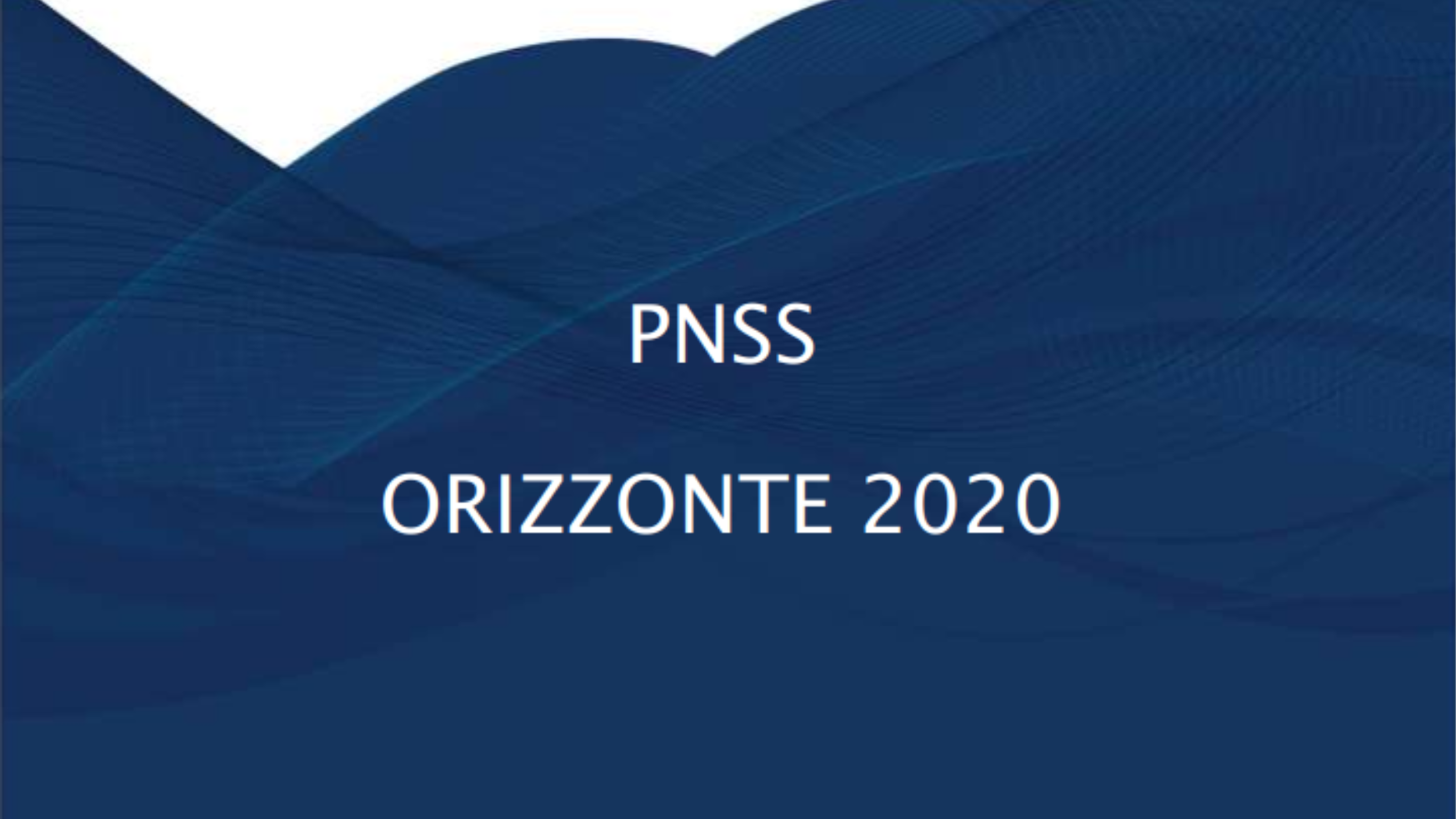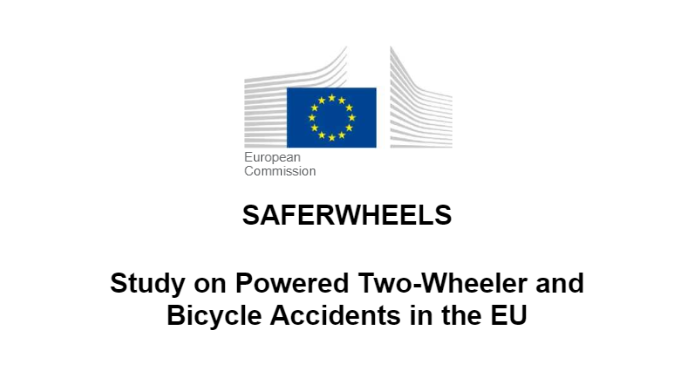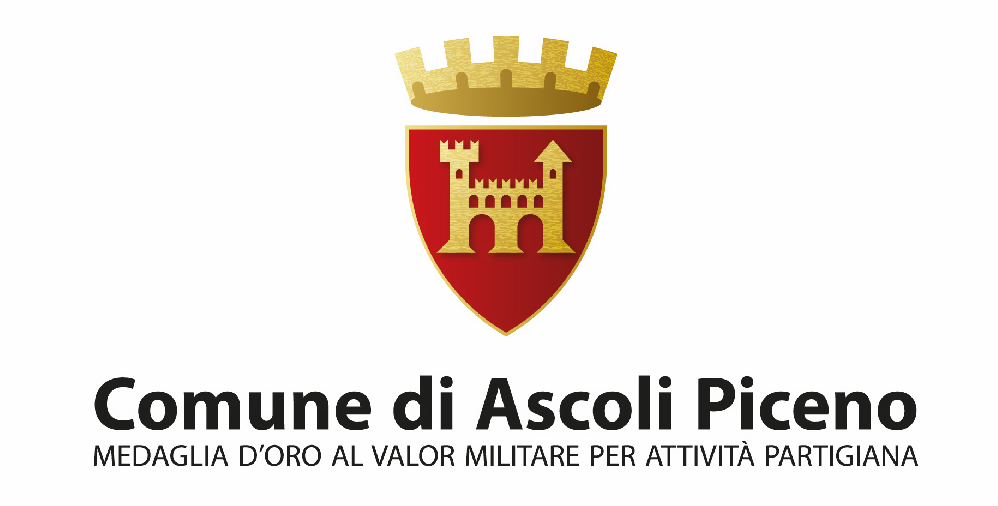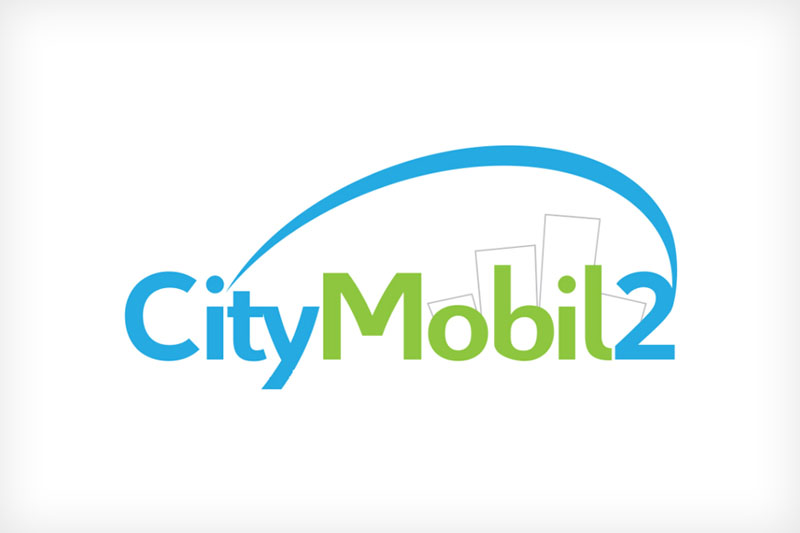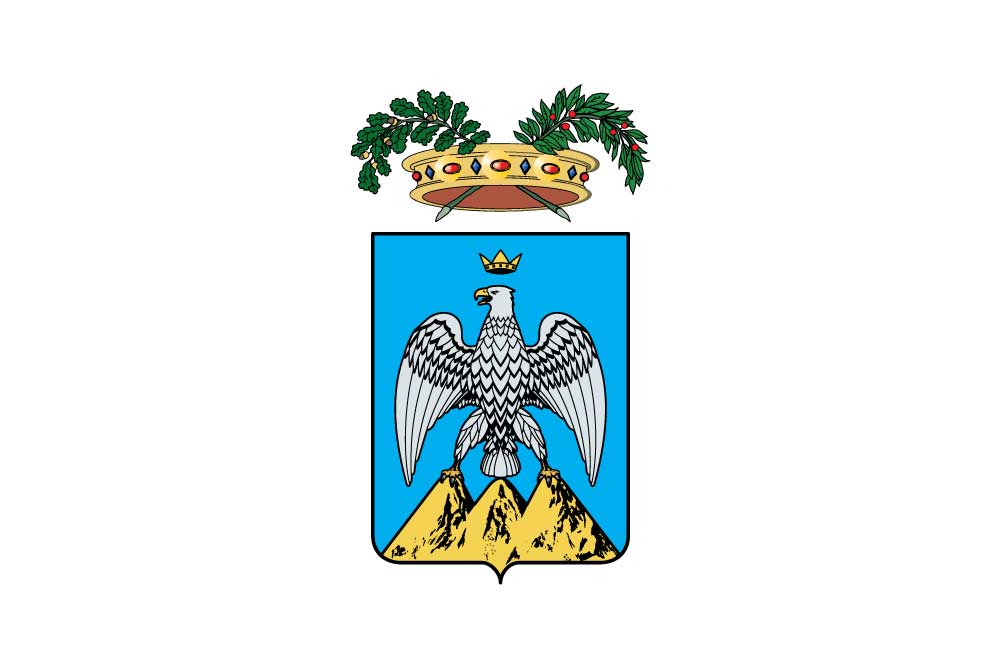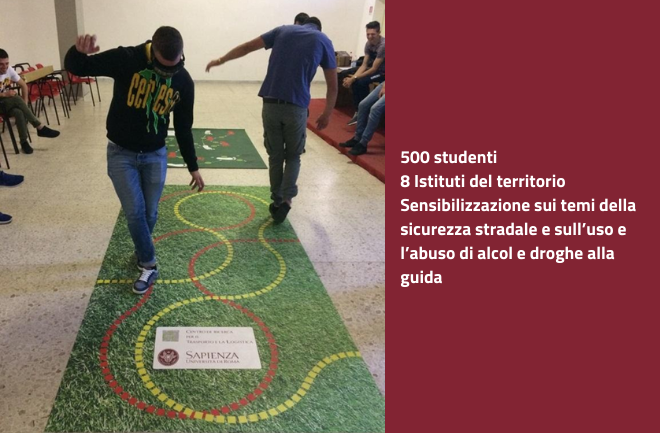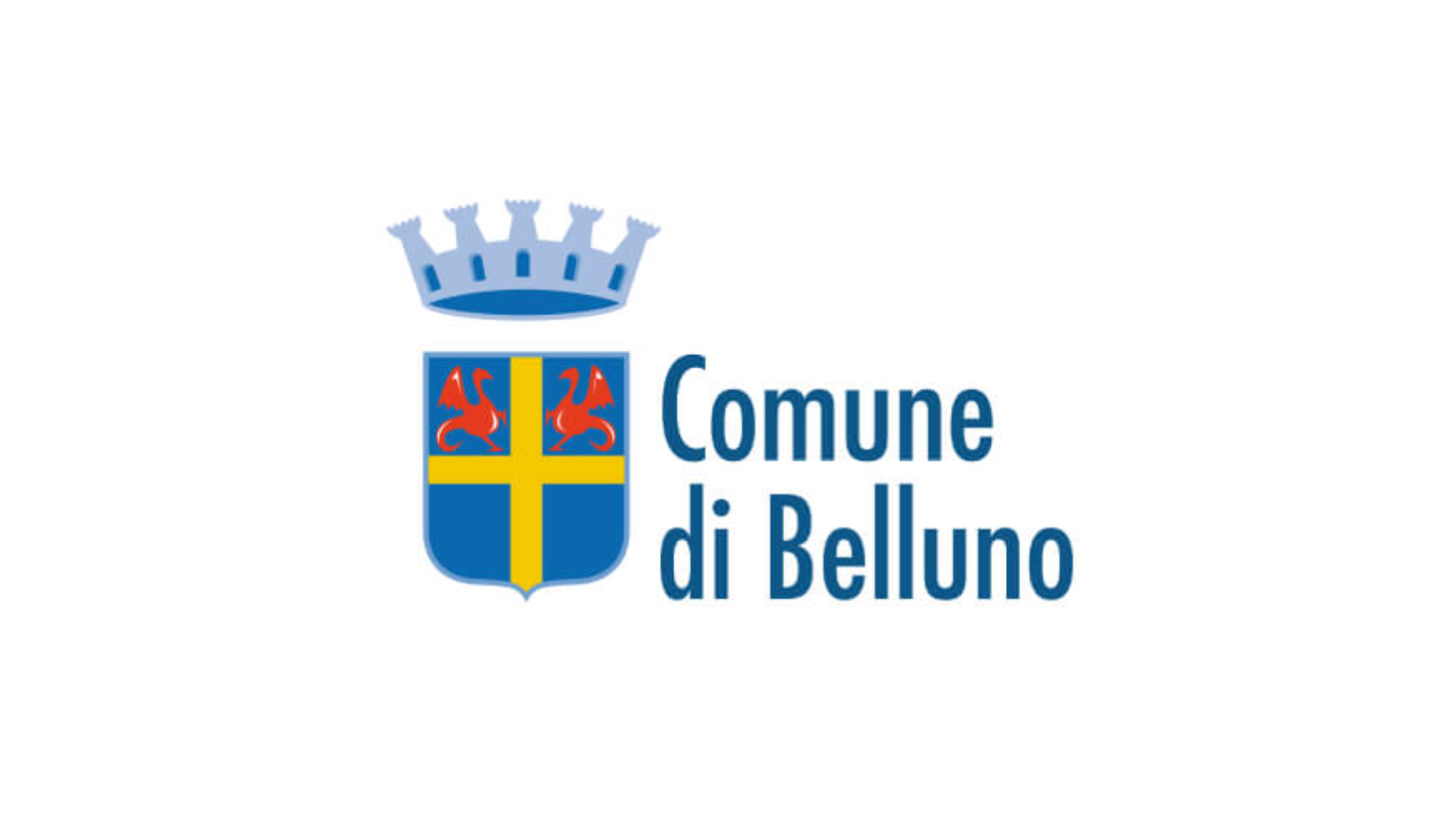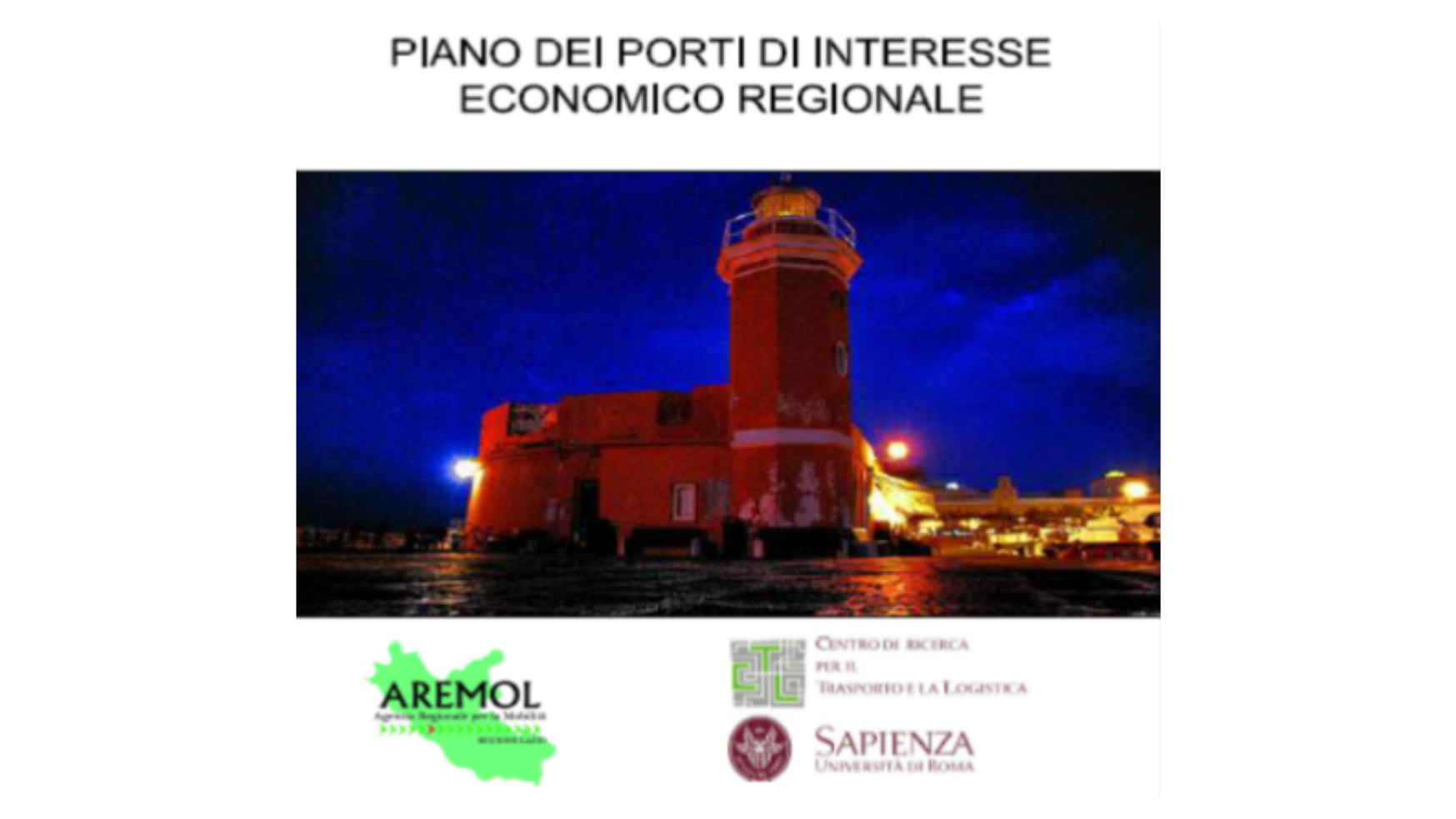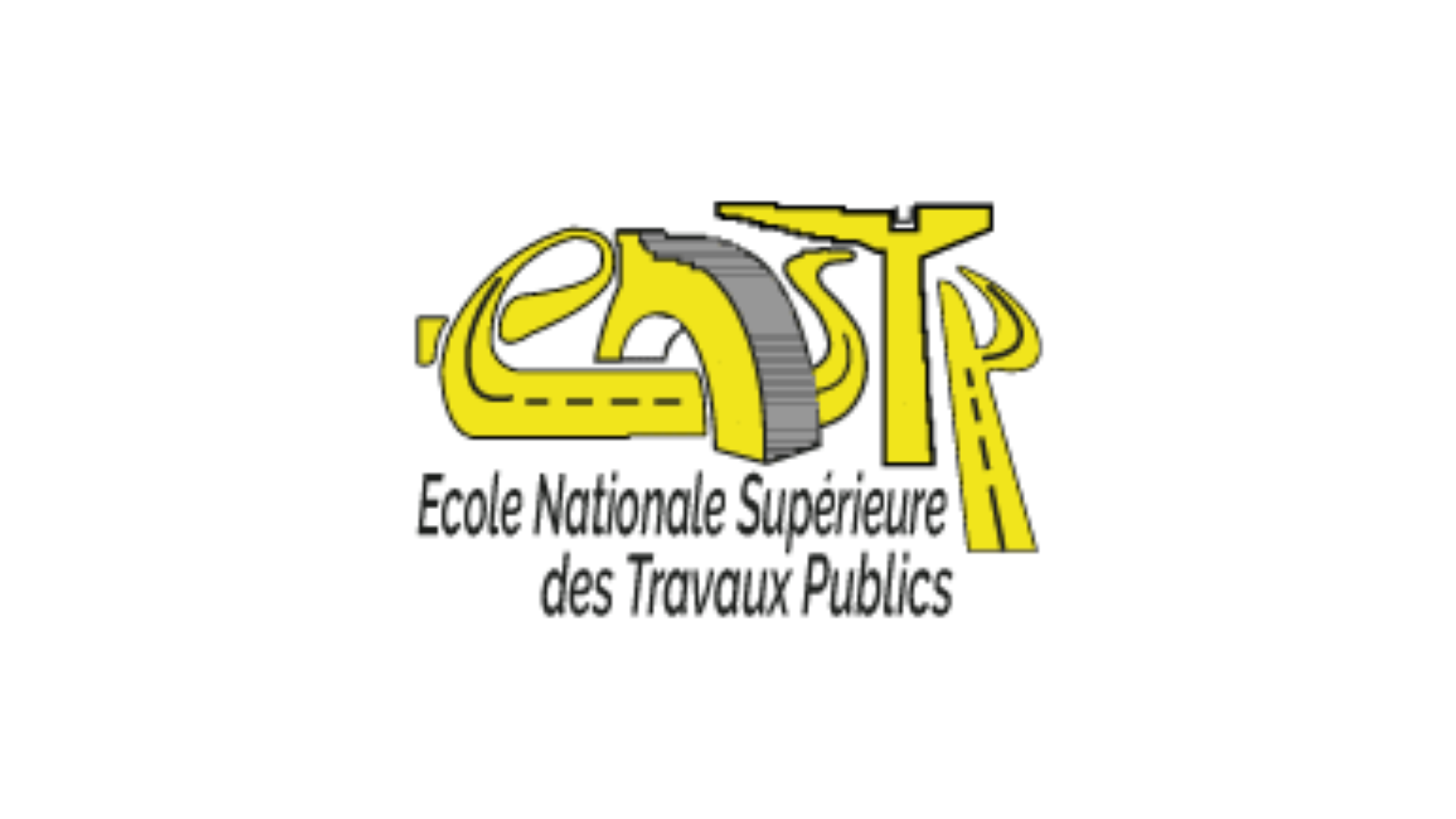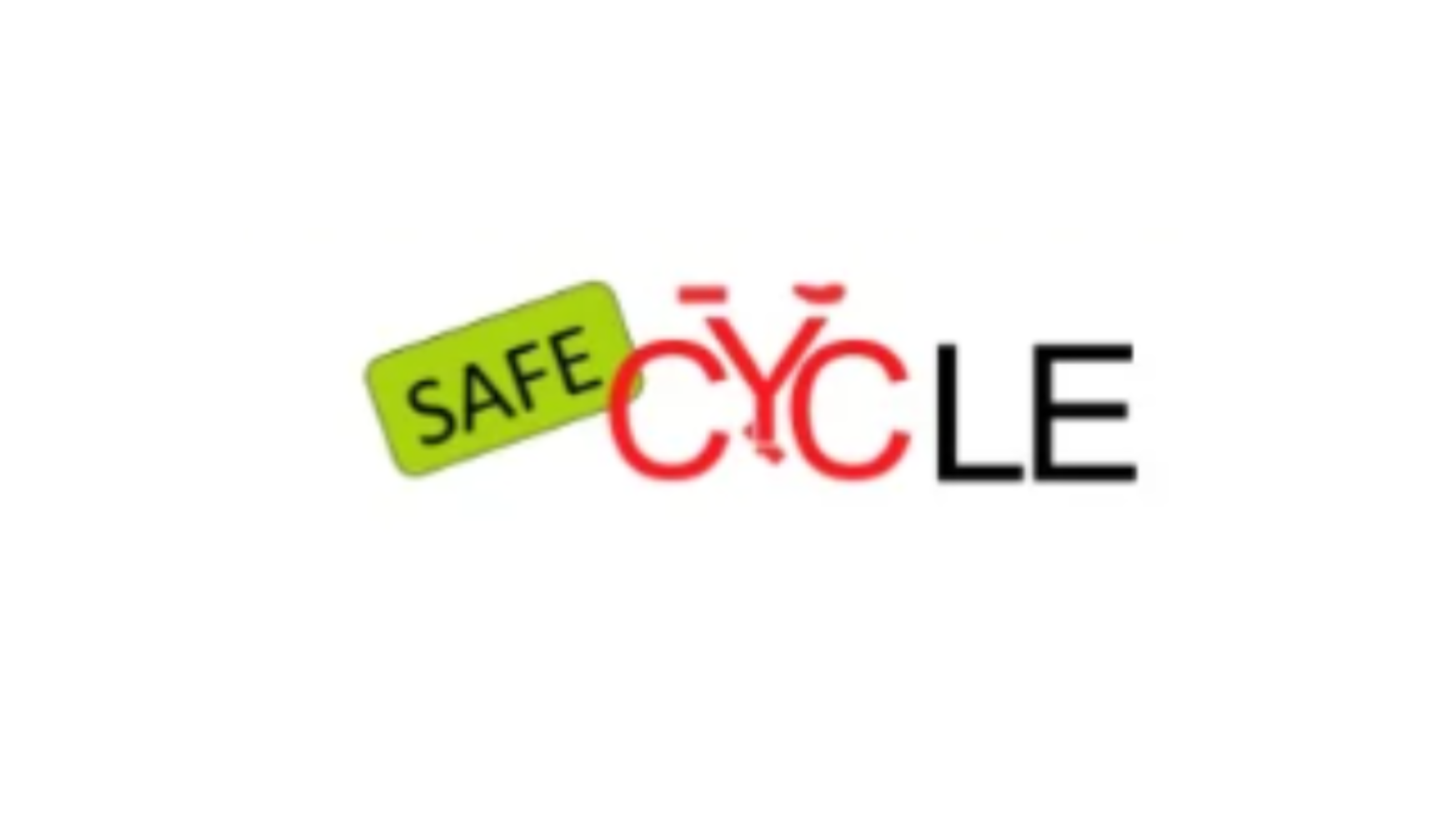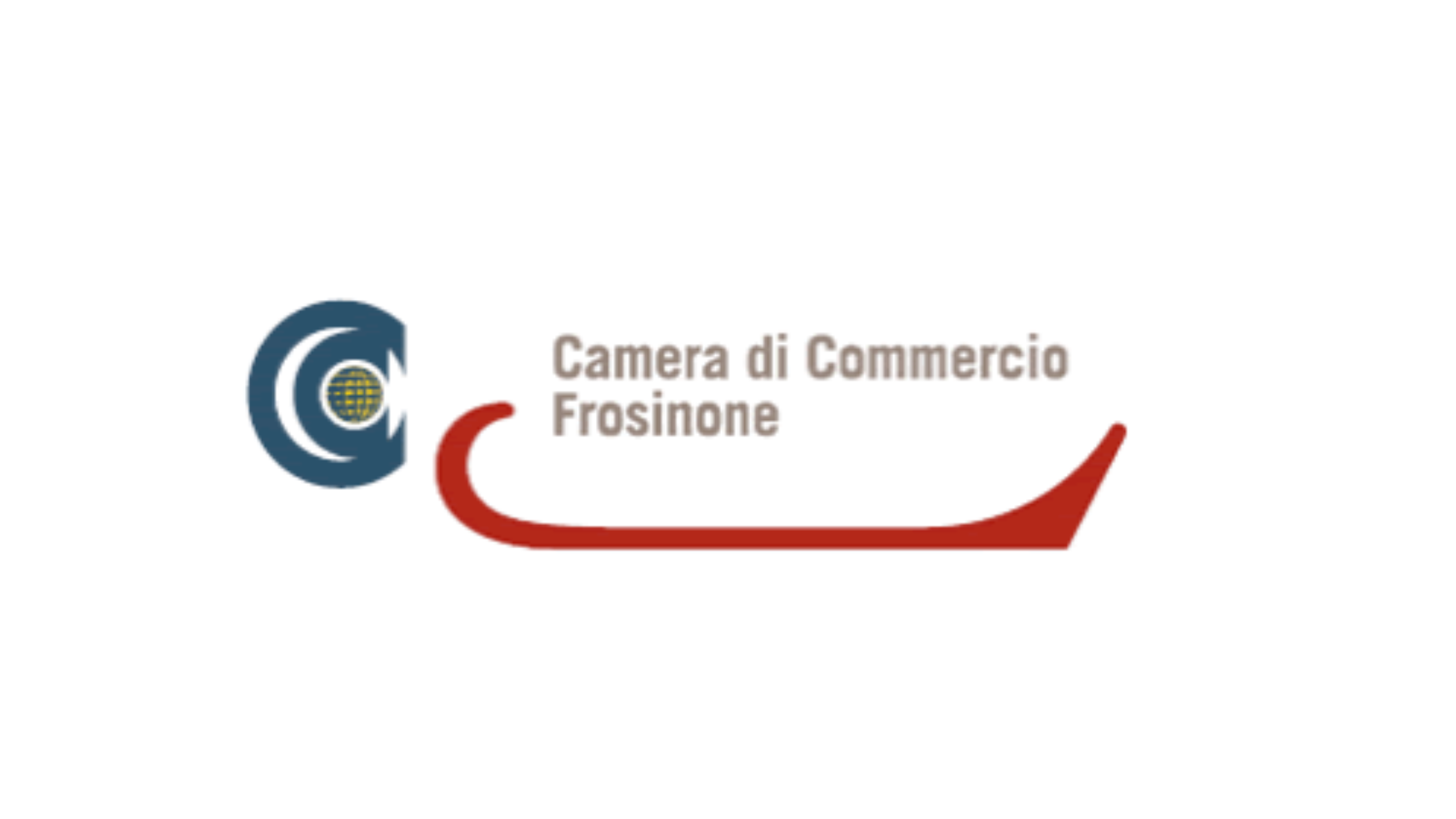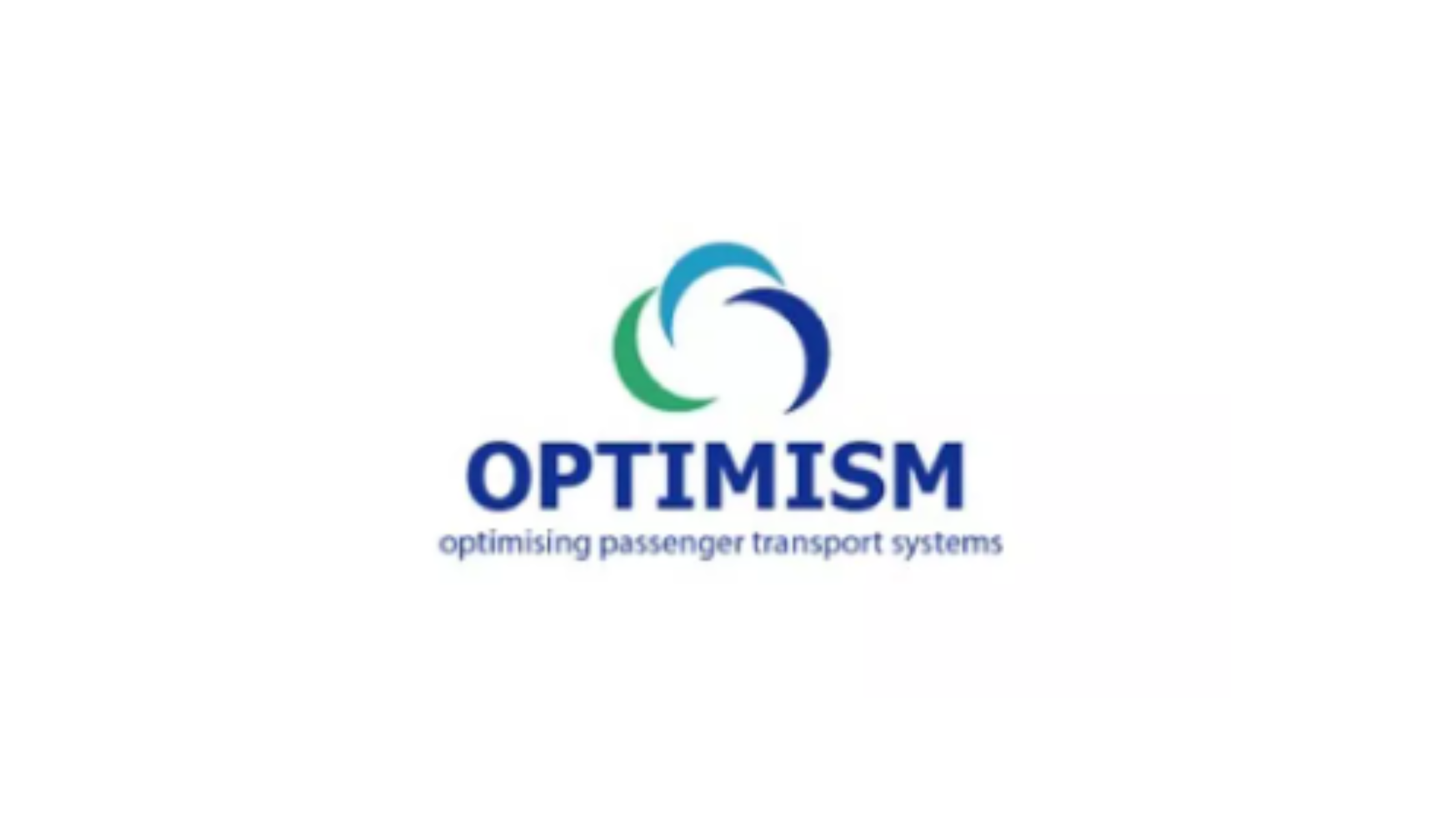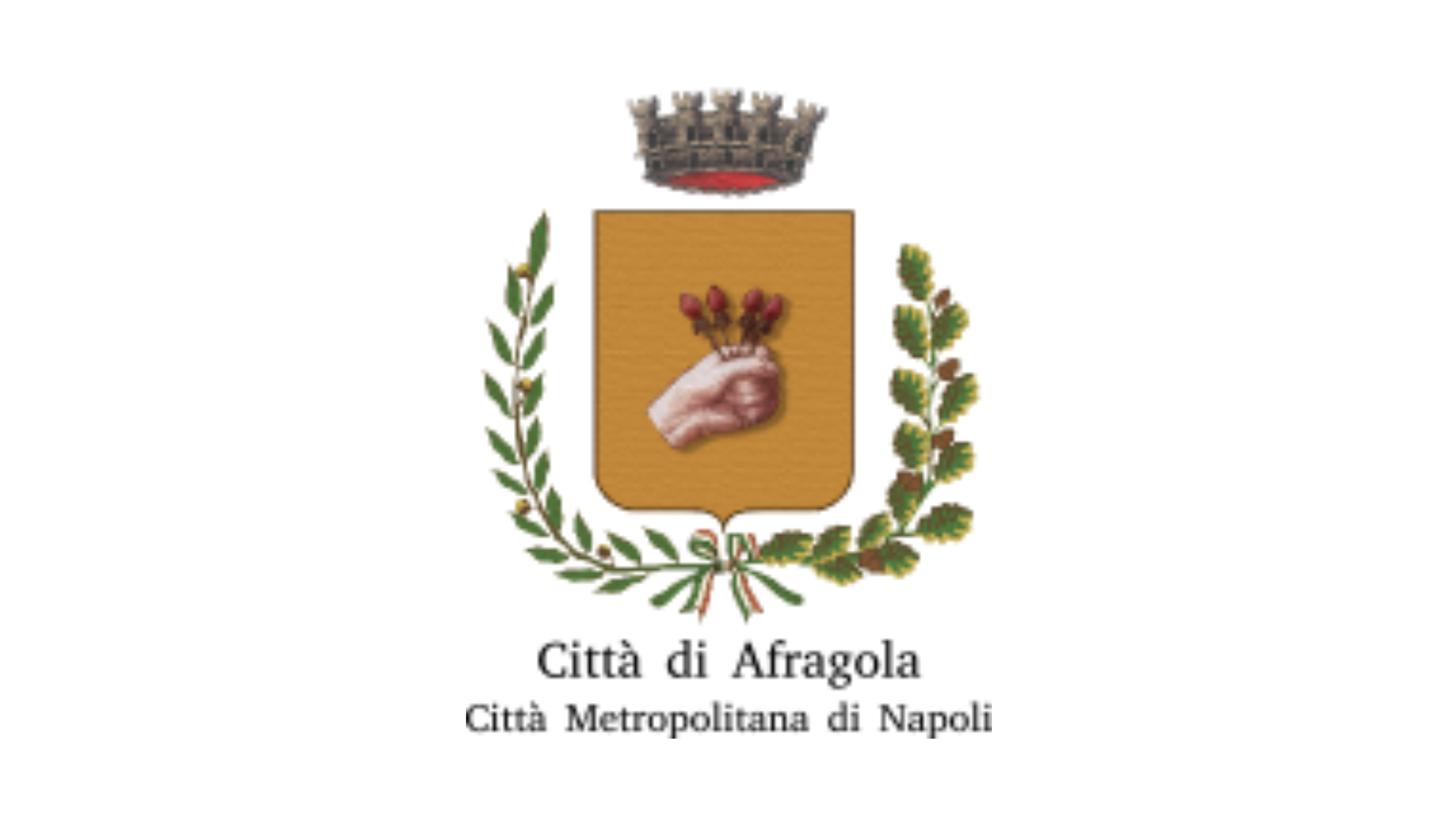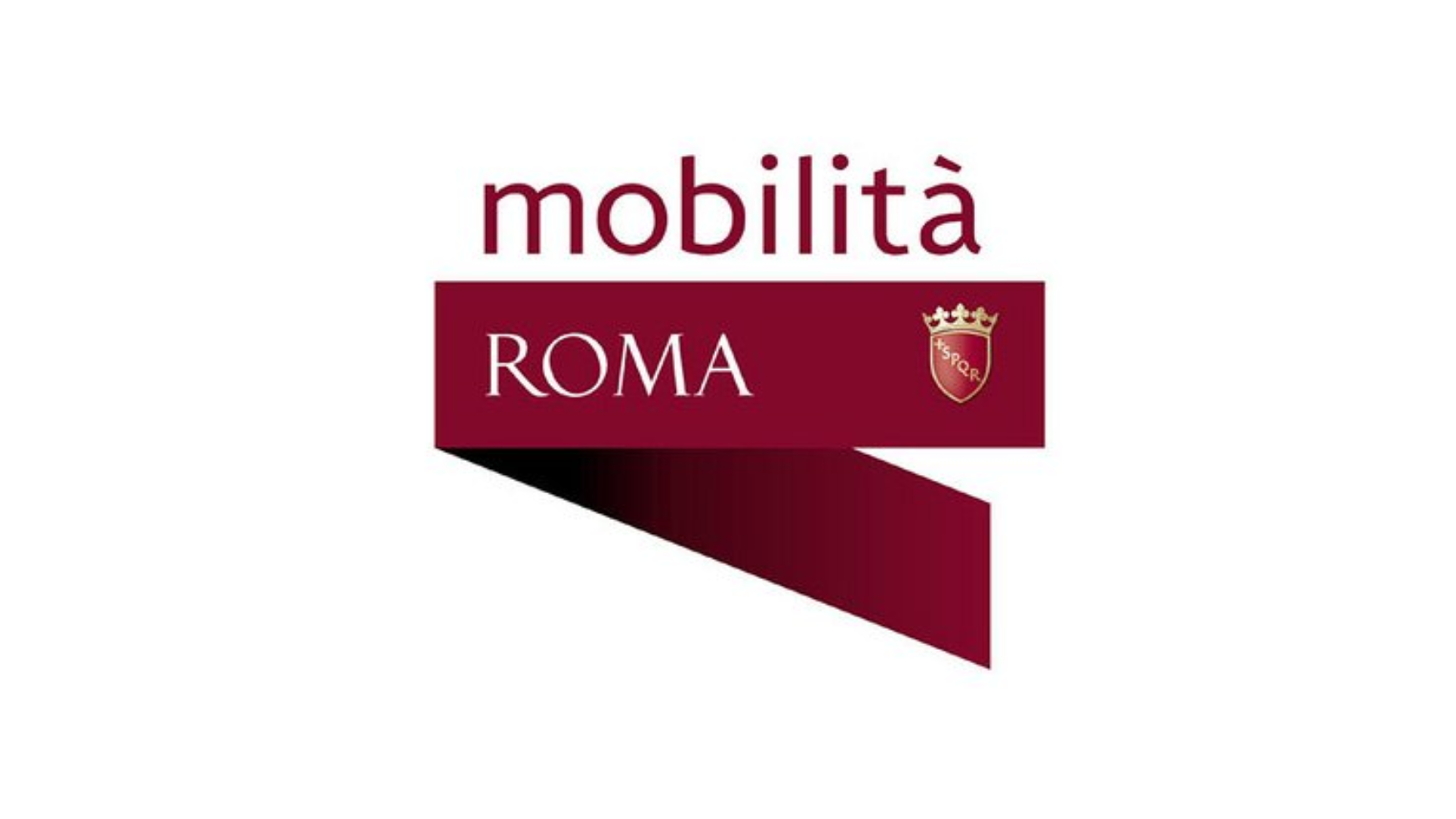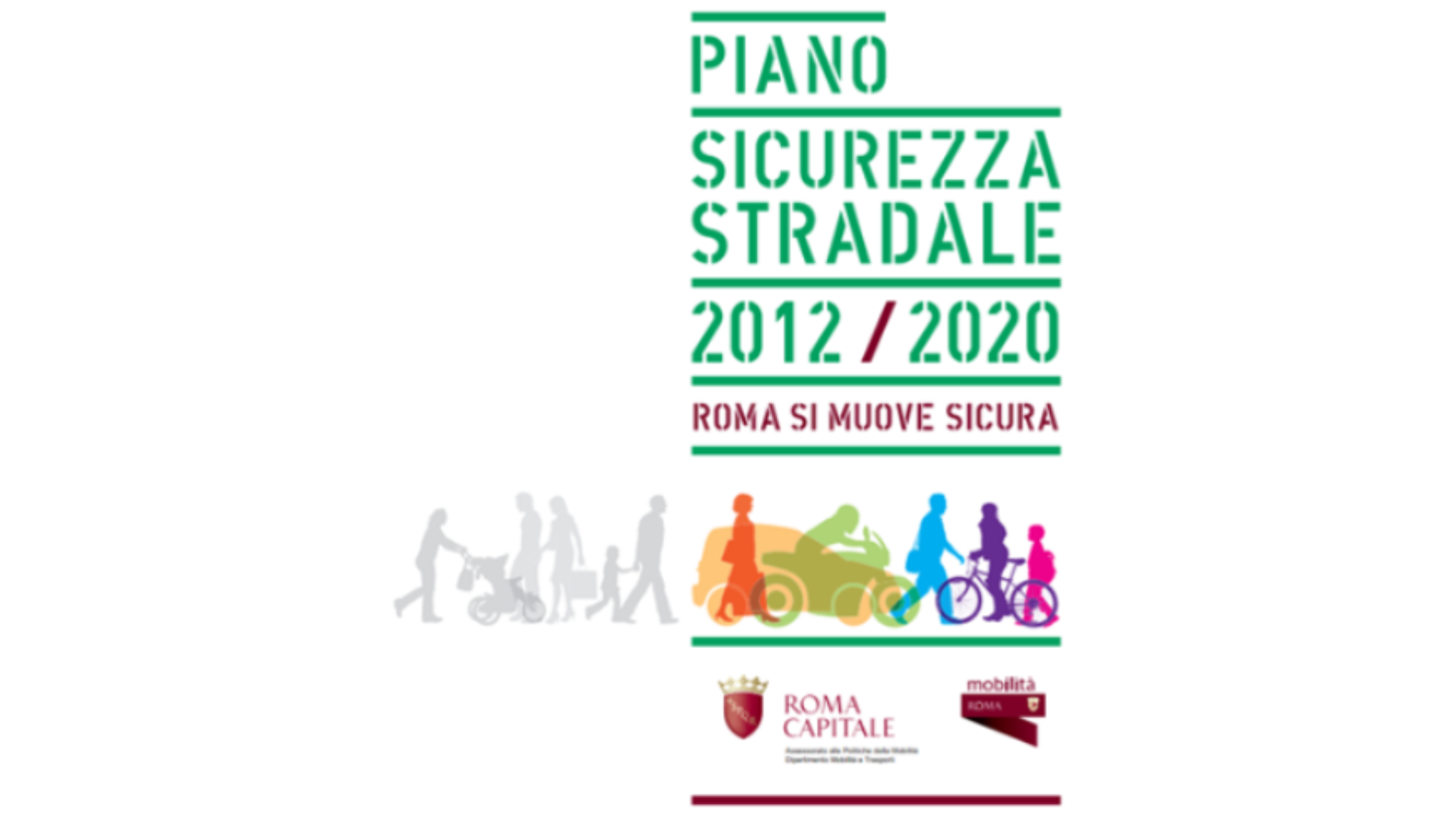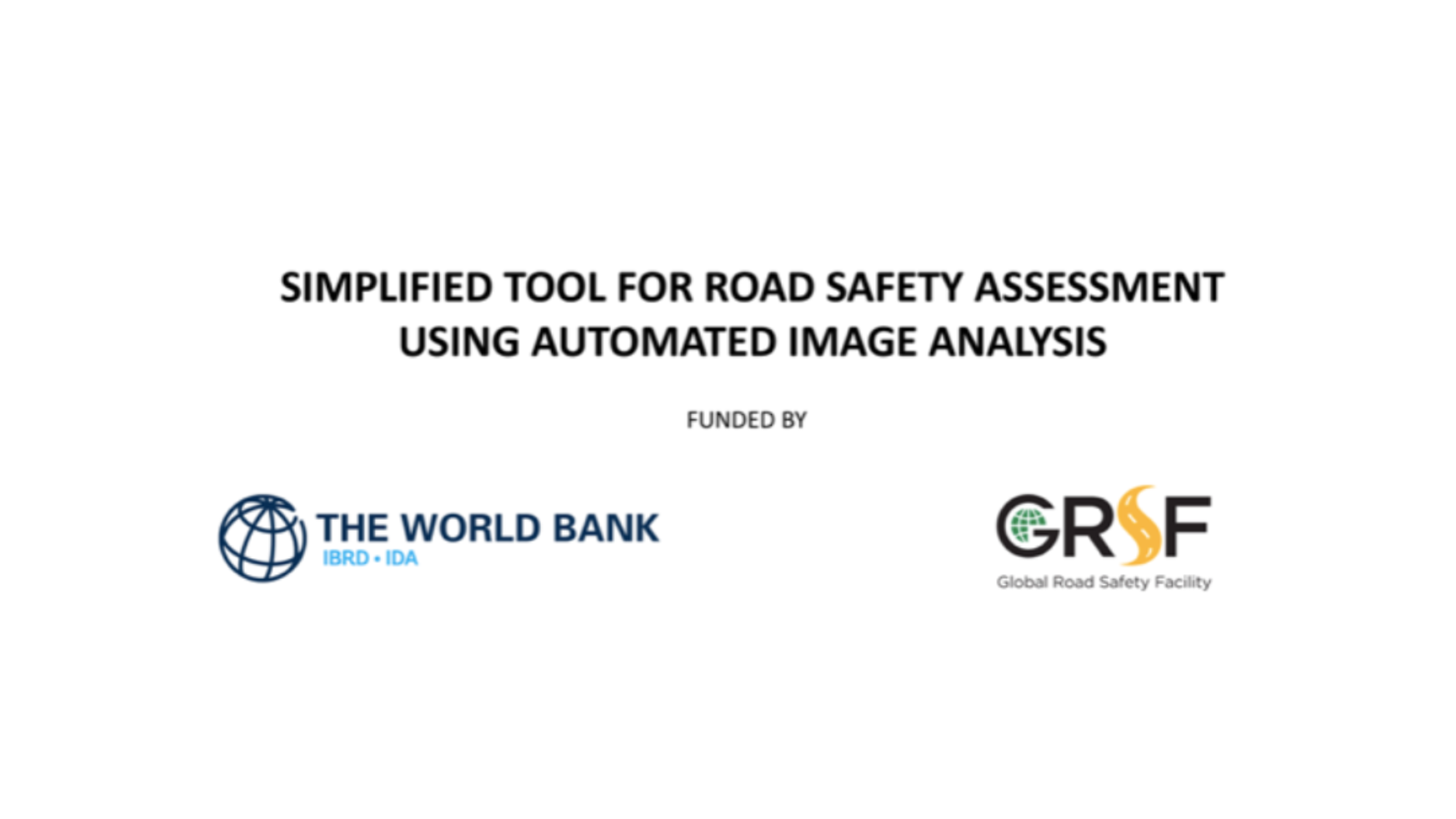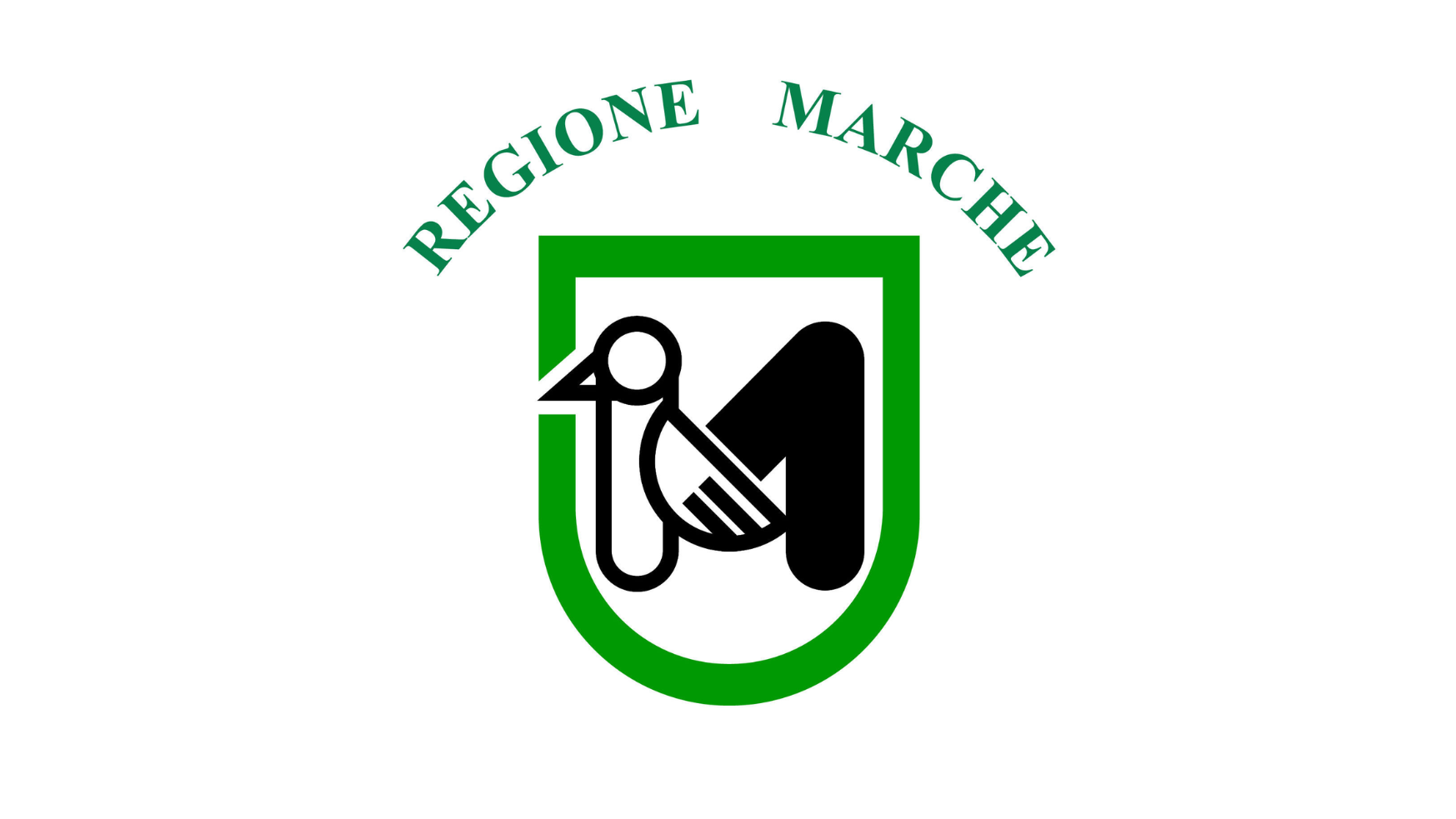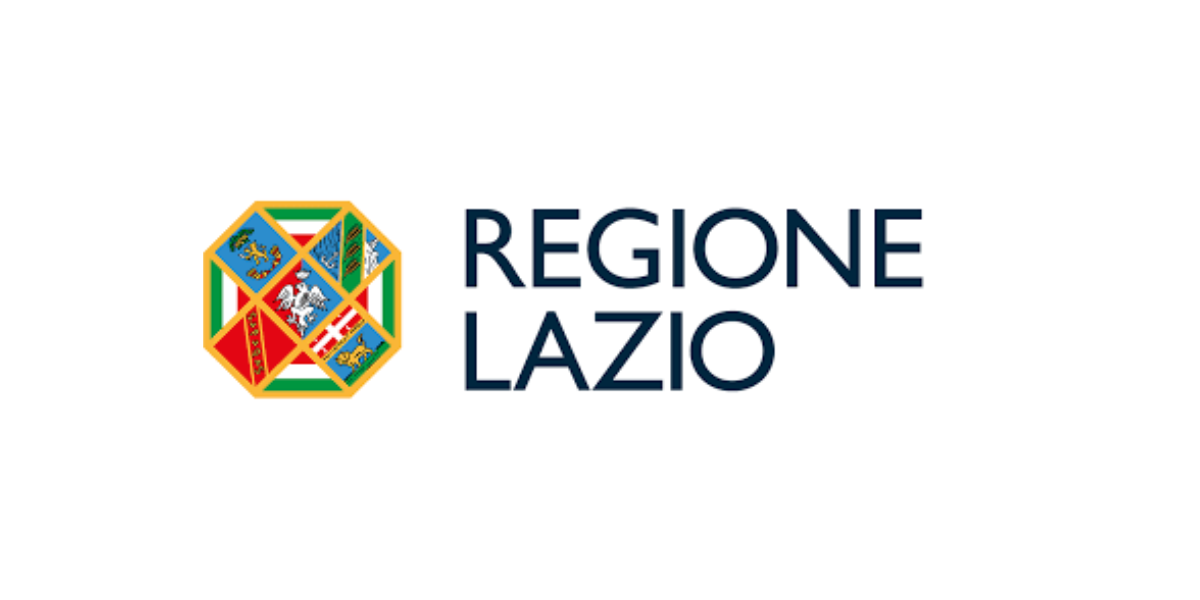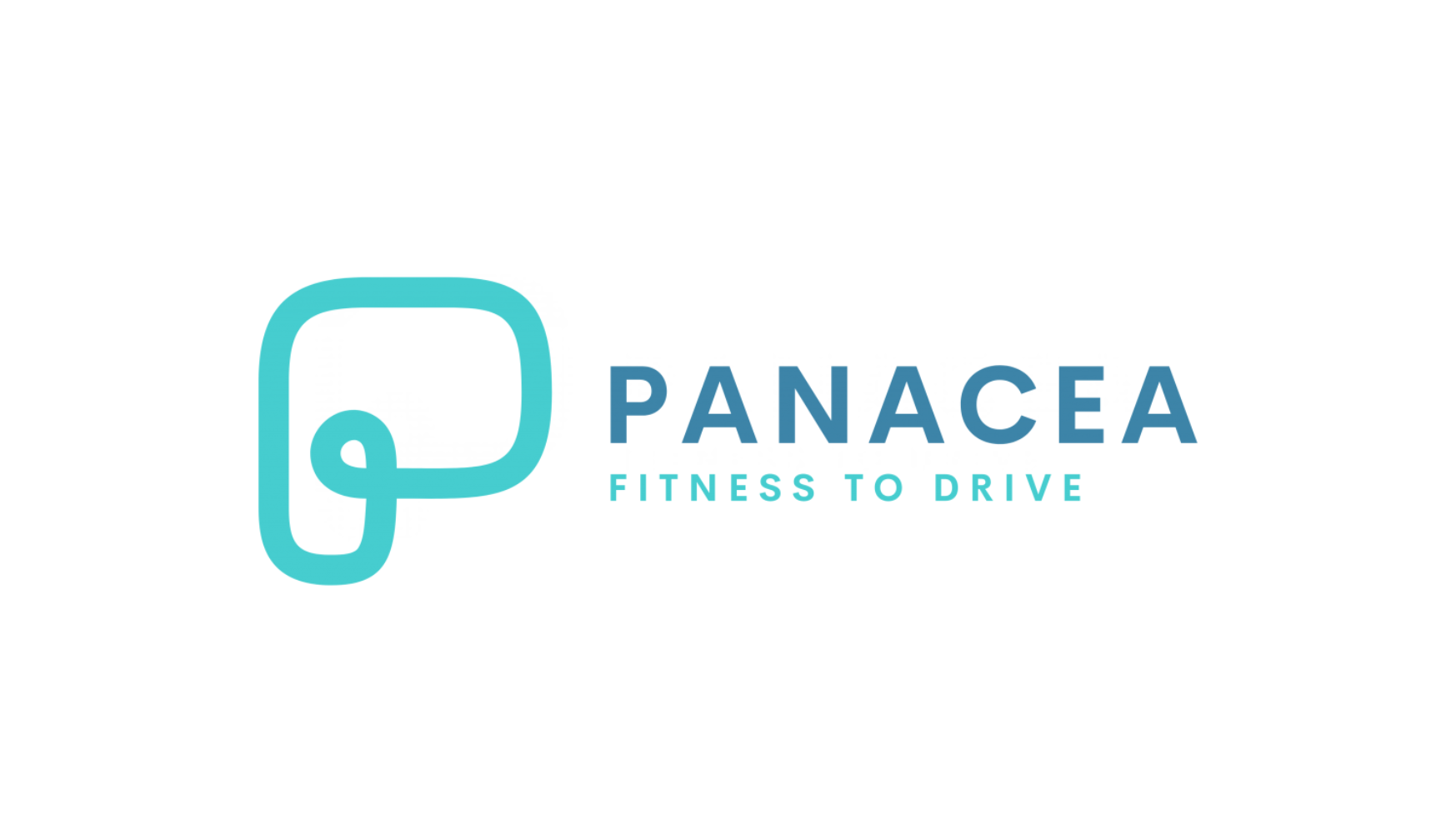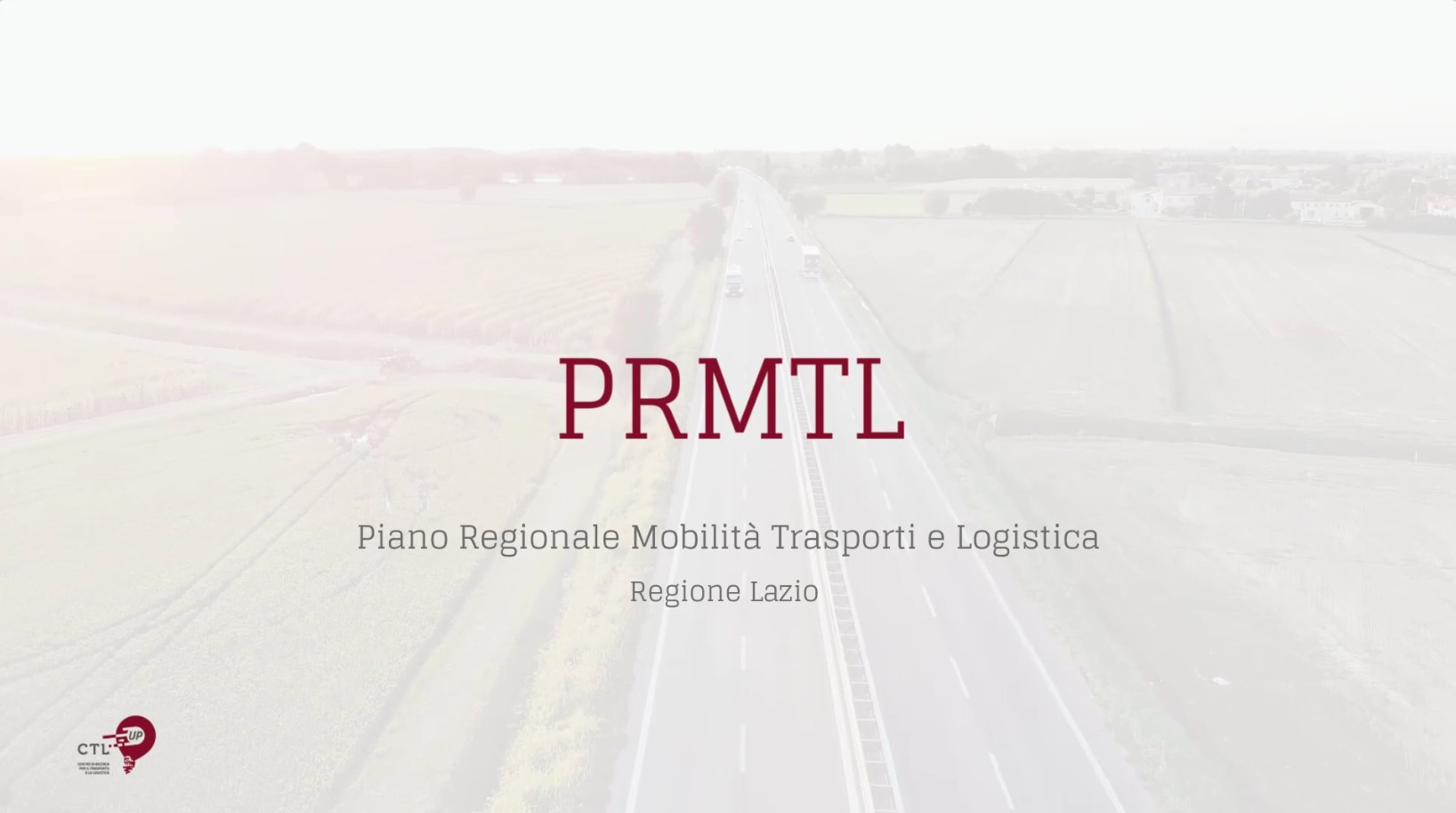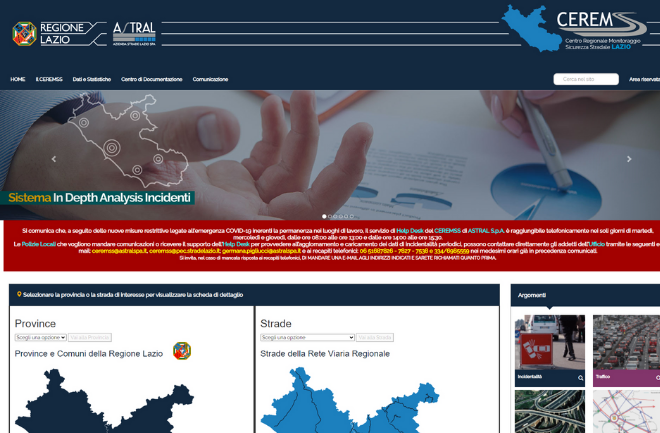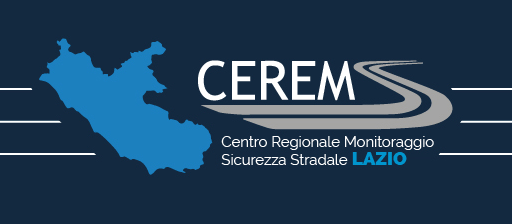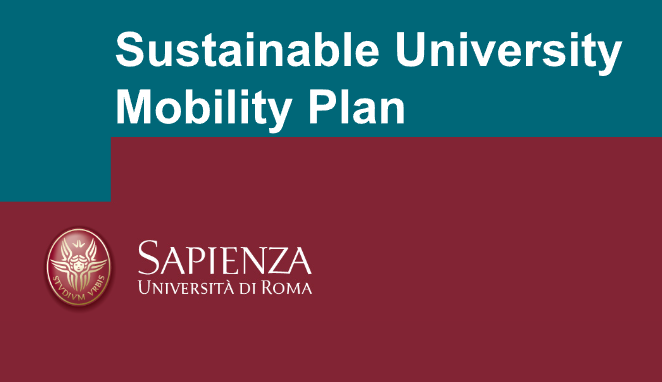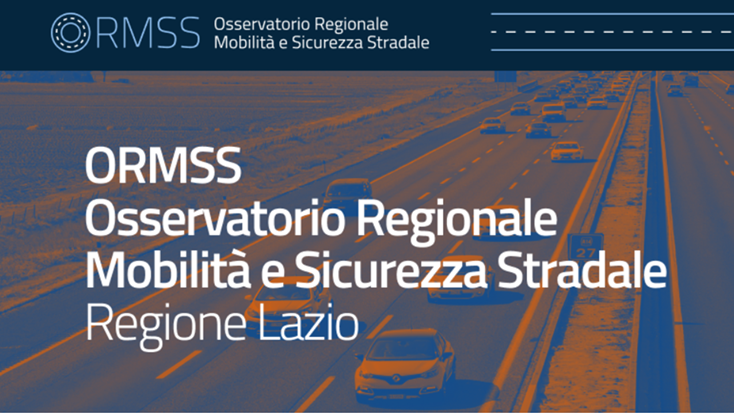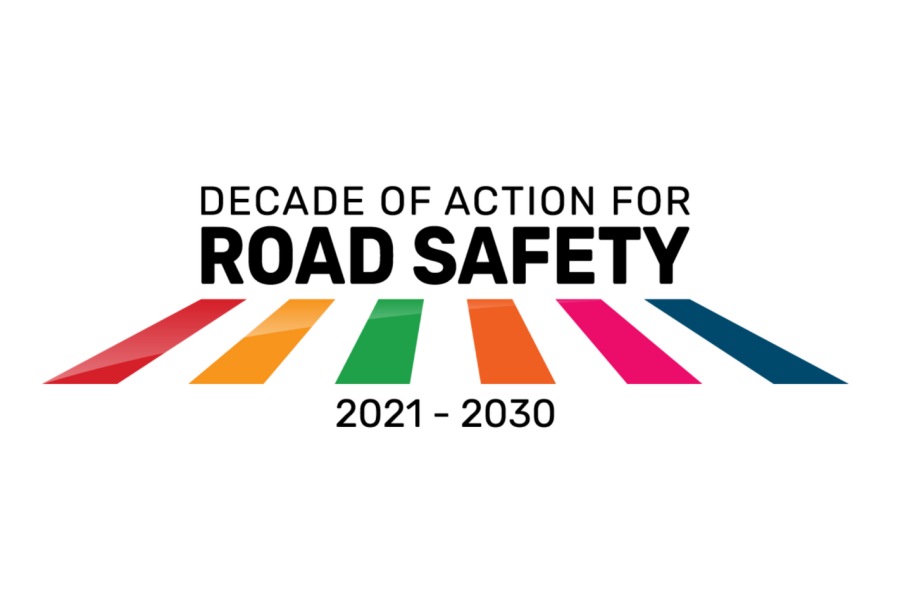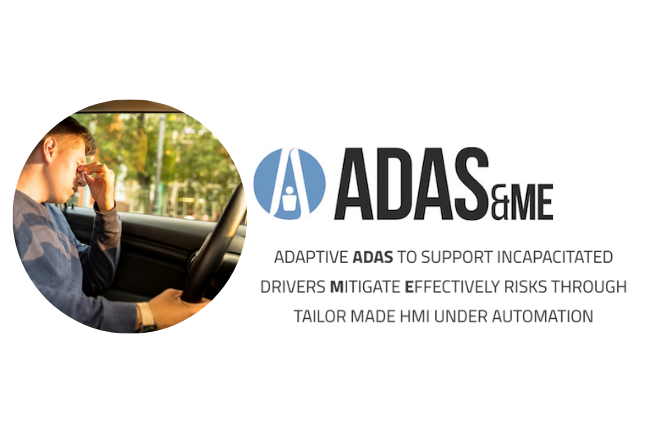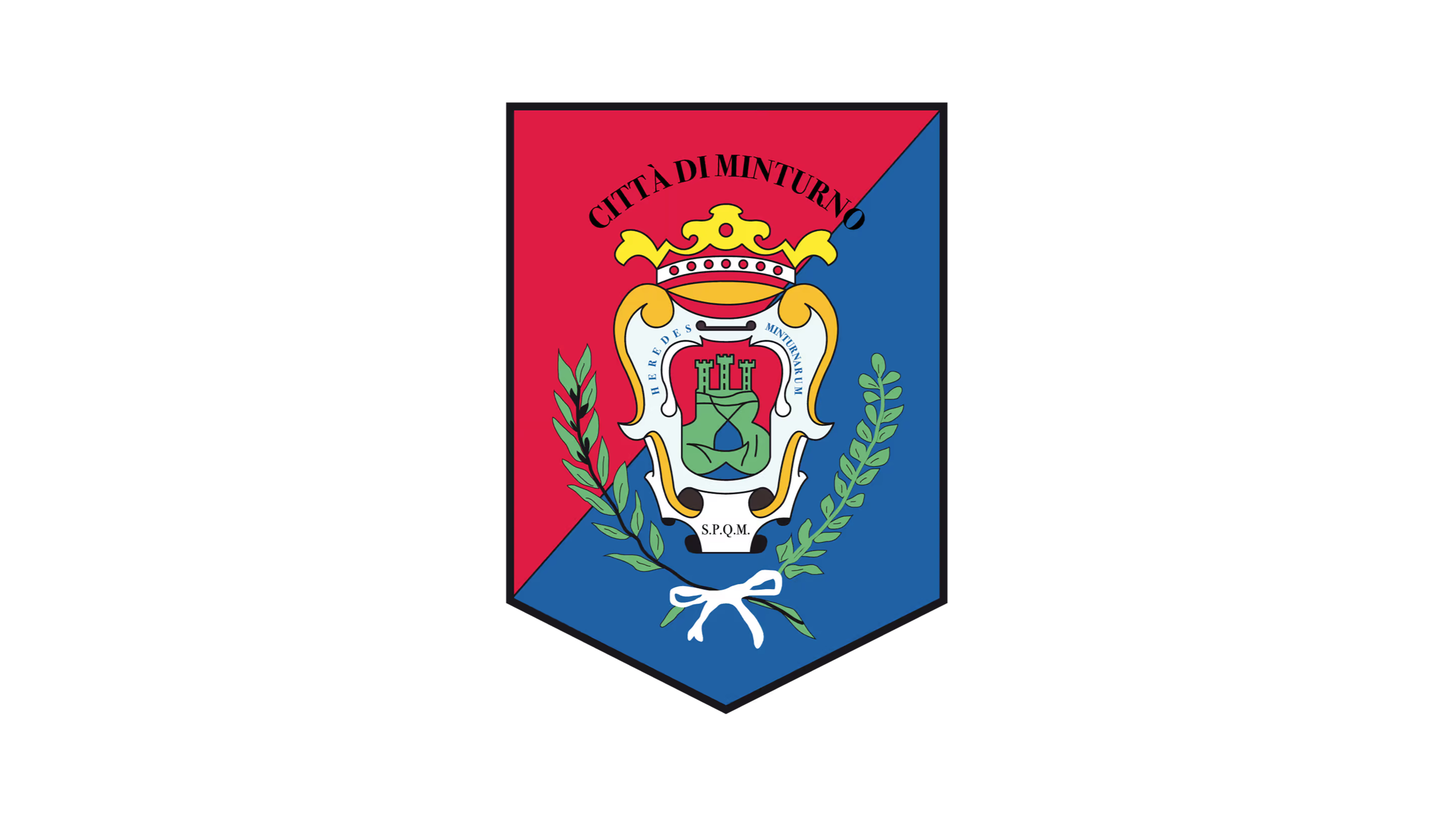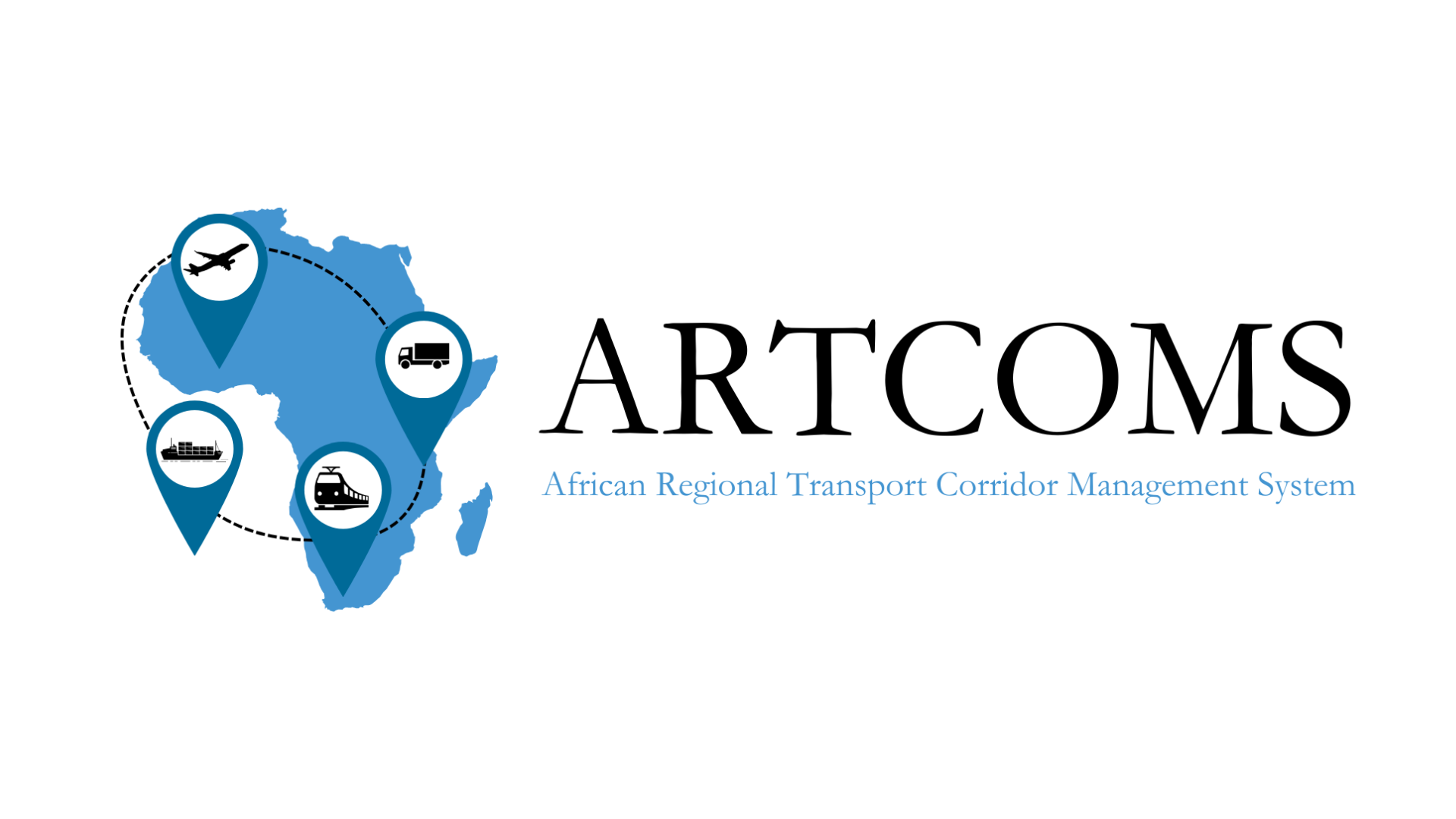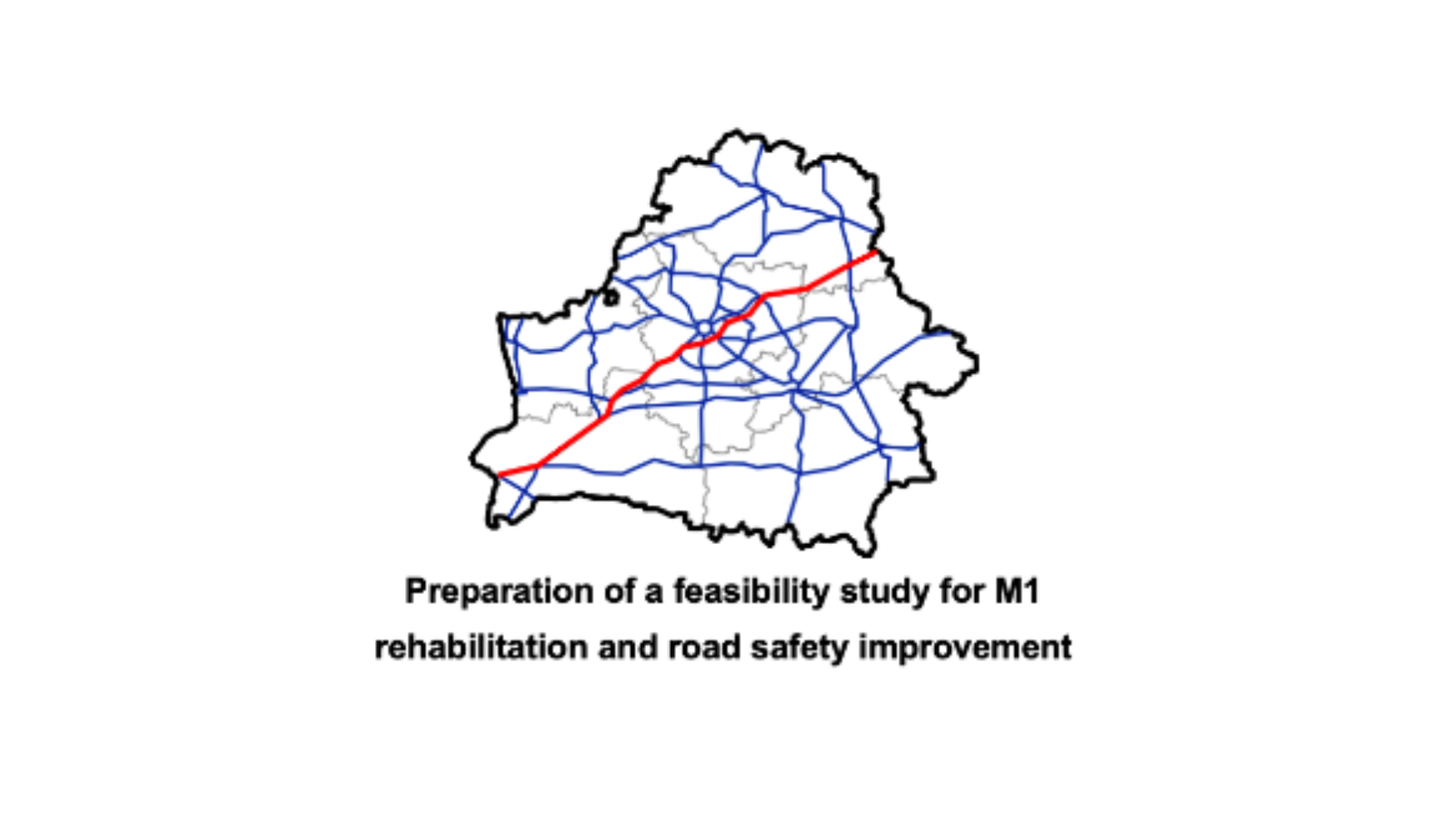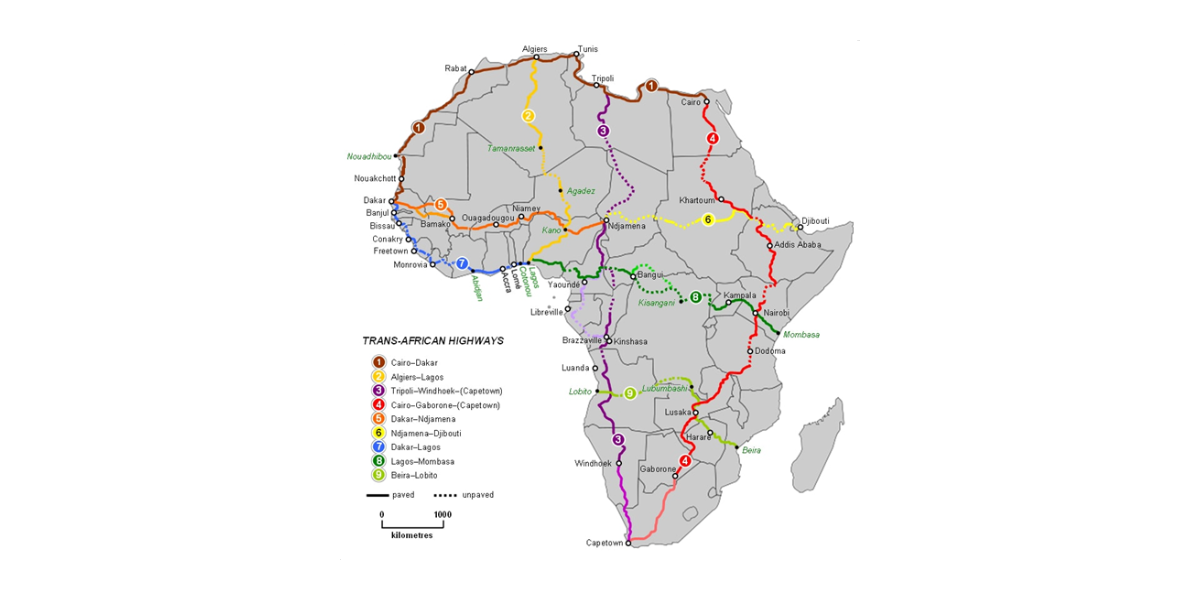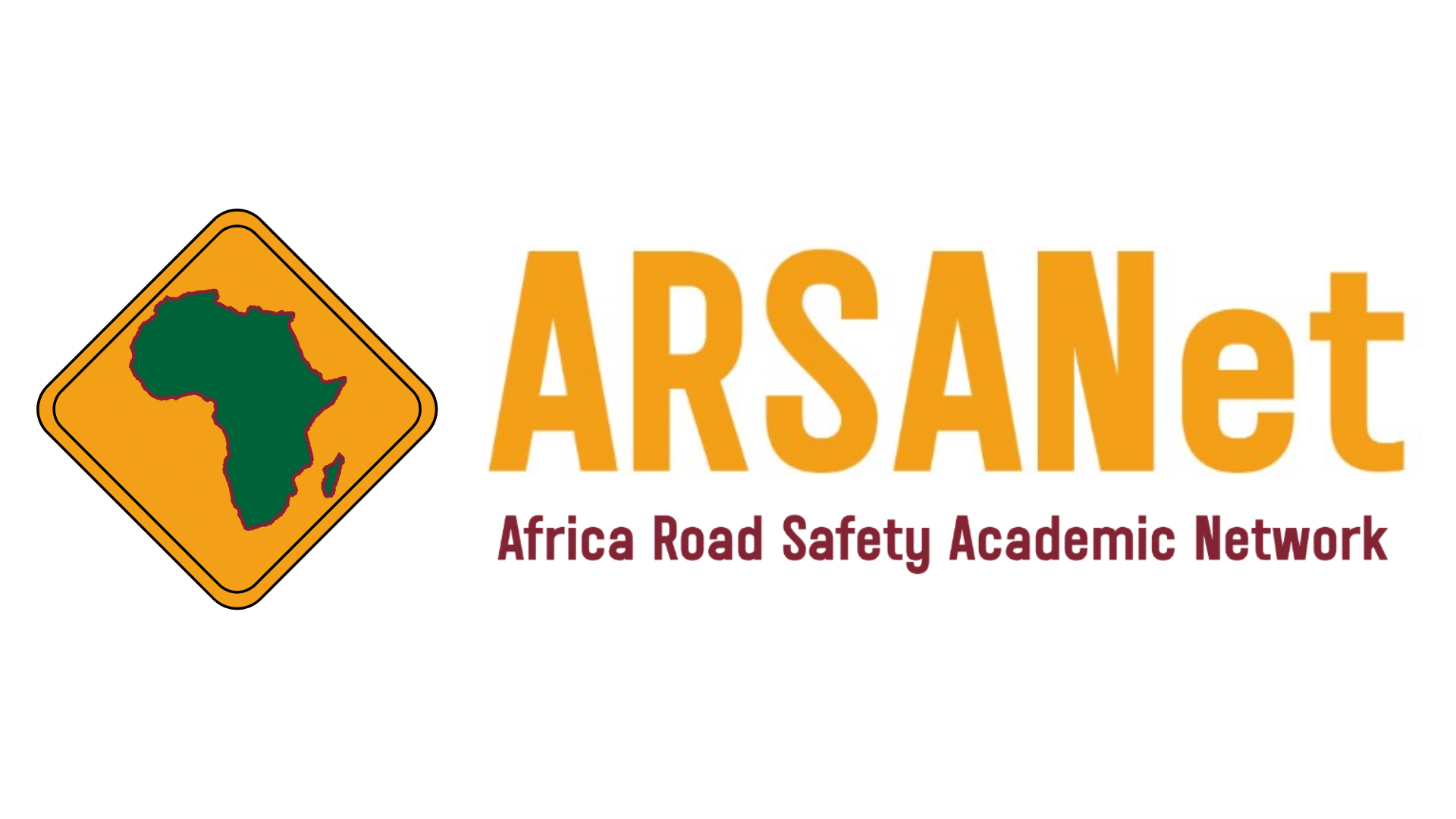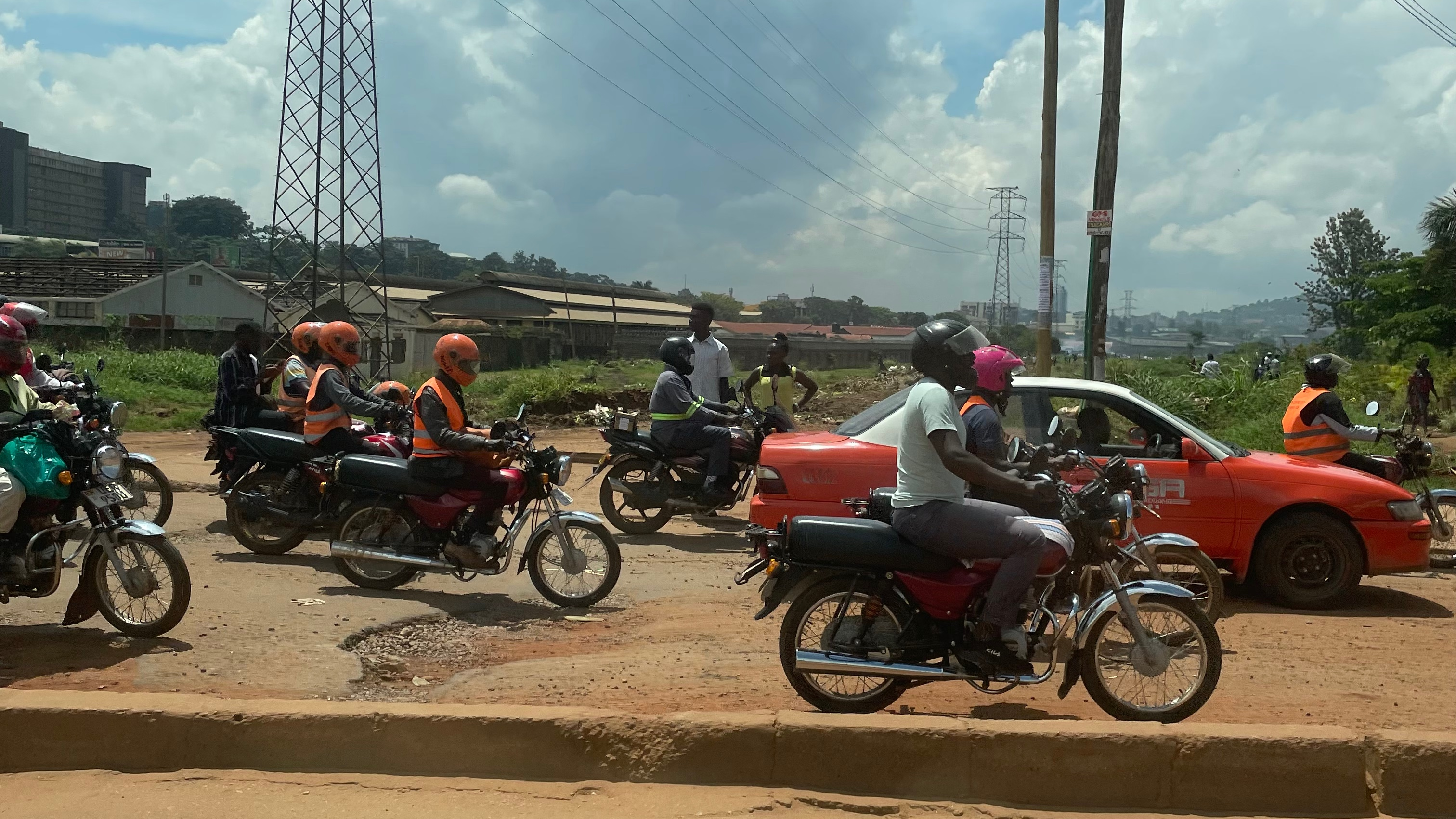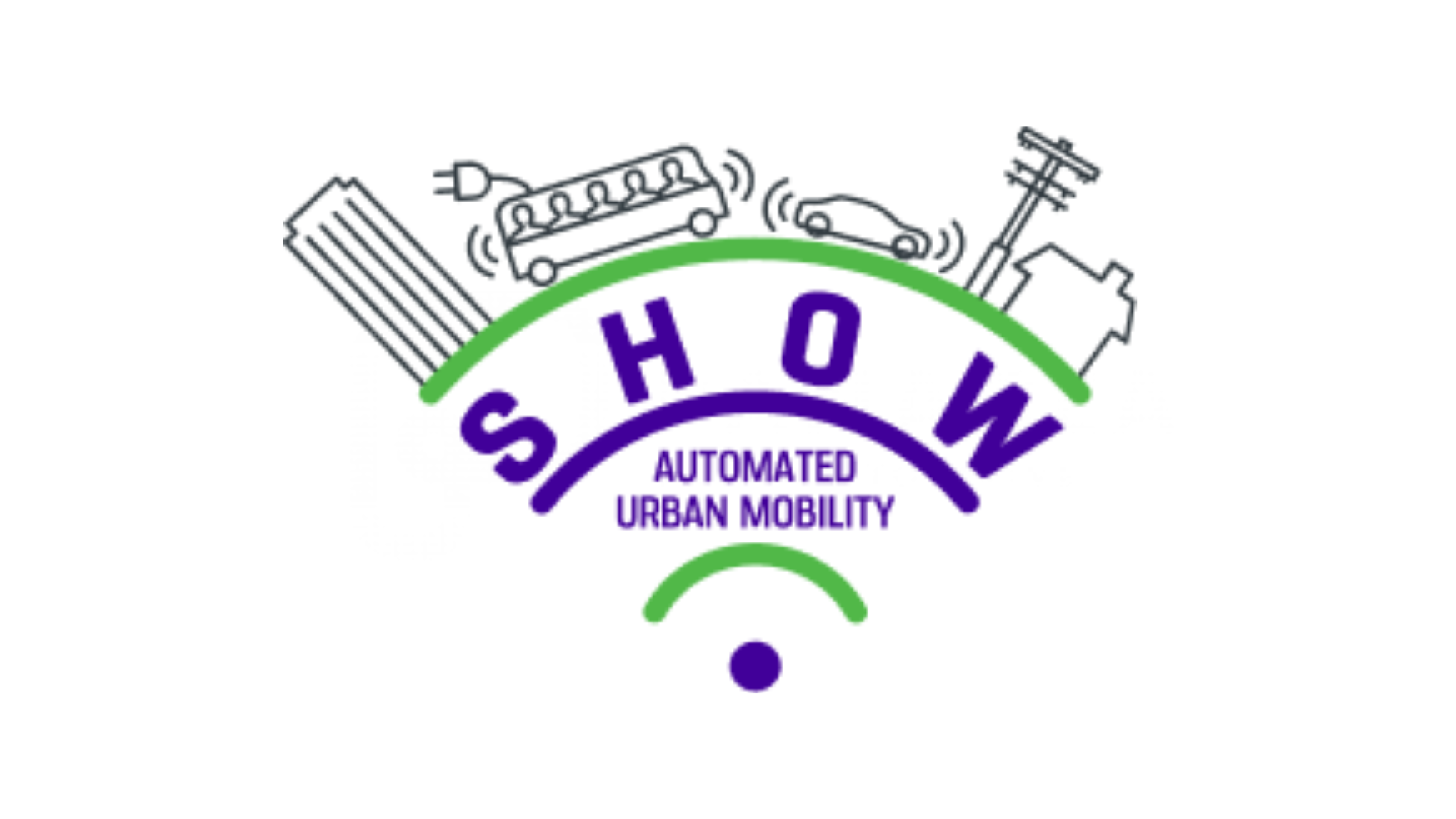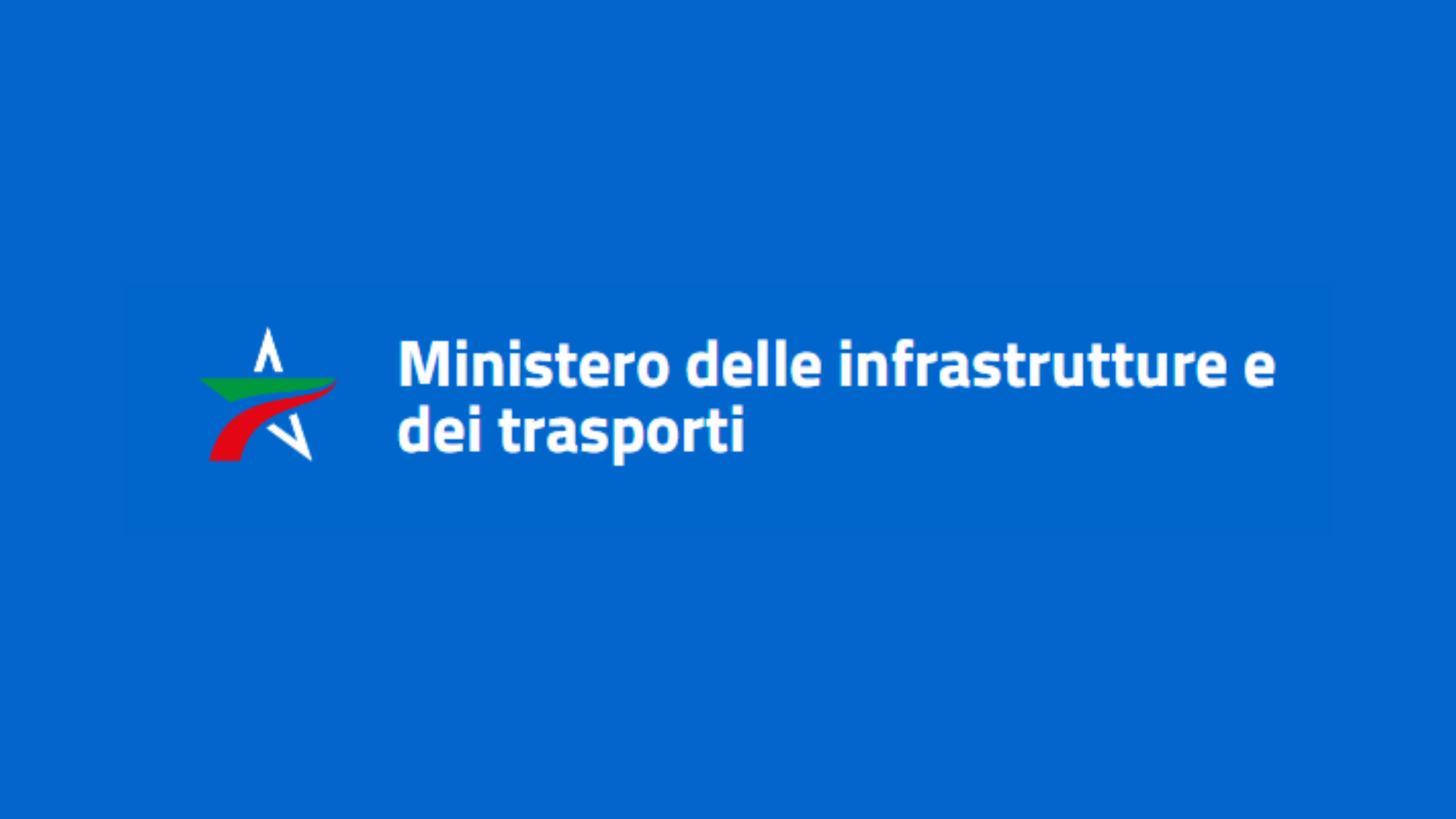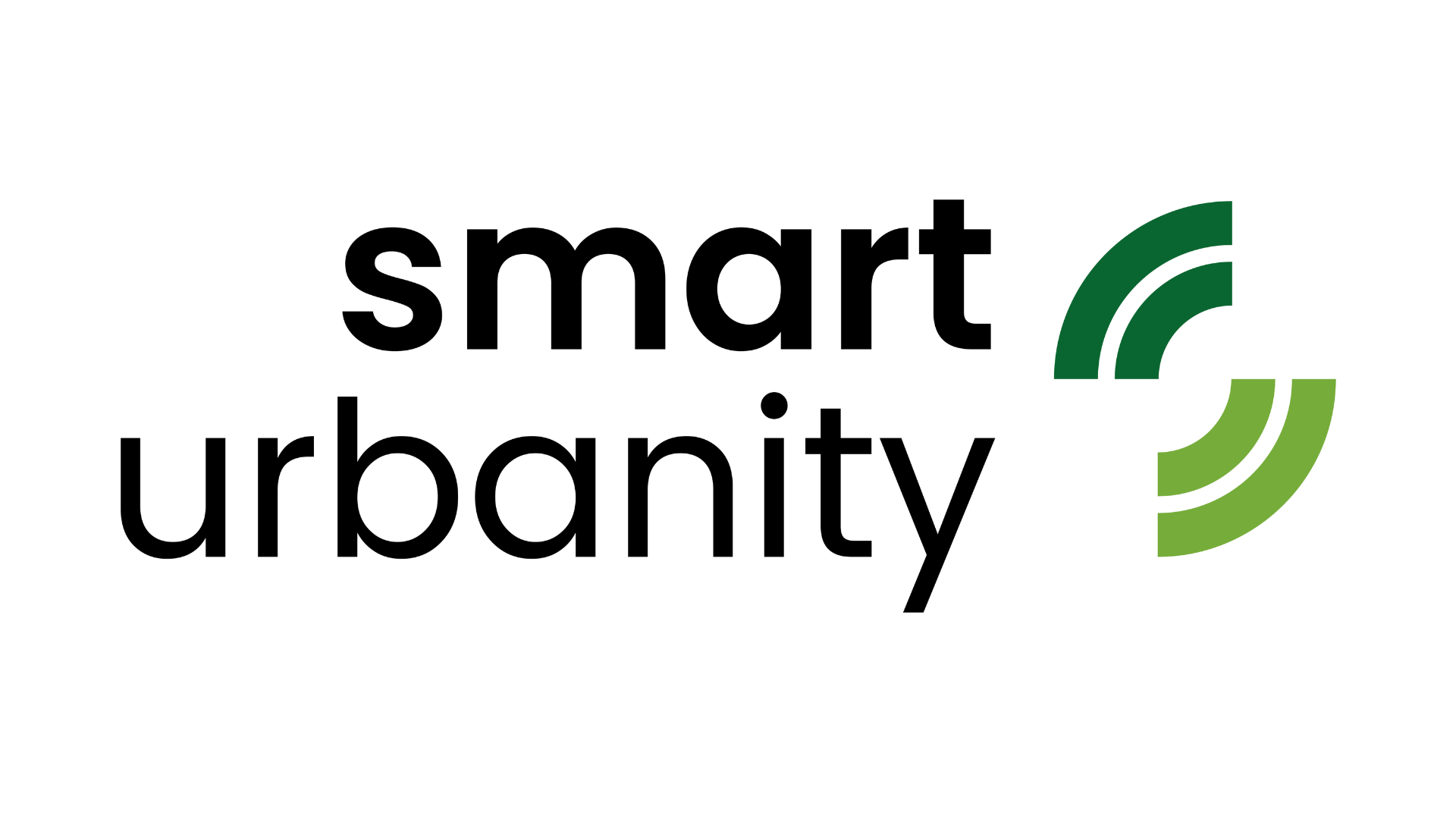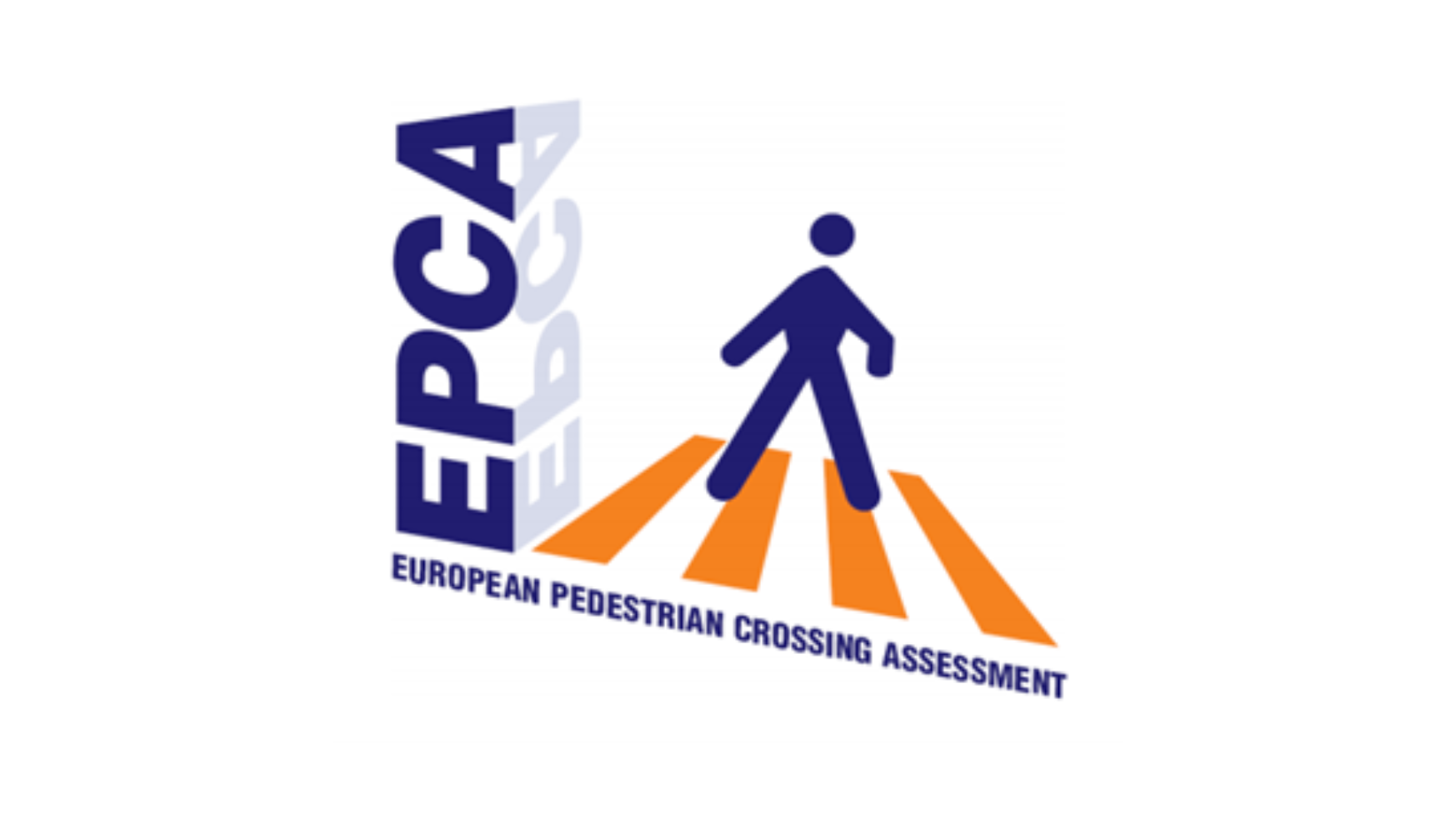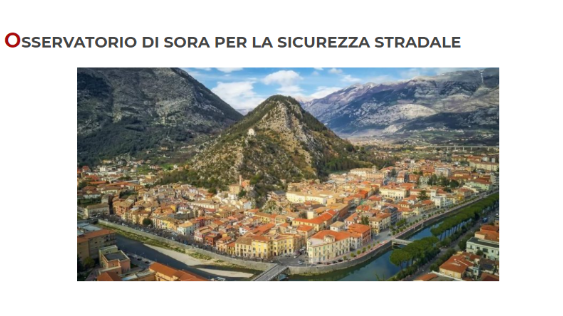The problem
In 2023, the Municipality of Ciampino decided to reorganize the circulation and parking system within its territory. Although the city already had relevant plans and tools in place, these dated back several years and much has changed since then. The availability of significant funding enabled the launch of a number of initiatives: pedestrianization projects, a new bike lane, new urban furniture, and the design of infrastructure works that are expected to have a clear impact on urban life.
To reduce traffic and pollution, make parking easier, enjoy safer and more comfortable public spaces, and promote public transport and cycling, a variety of interconnected measures are needed. For example, pedestrian- and bike-friendly streets, low-speed traffic zones, and increased parking availability may not always be compatible with more fluid vehicular circulation, faster through-traffic, and improved regional connectivity.
The Administration has therefore chosen to rely on the support of CTL for the drafting of the General Urban Traffic Plan (PGTU) and the General Parking Plan (PGS), with the aim of developing a new citywide mobility model, generating effects and synergies between neighborhoods, across the entire urban area, and beyond.
Our approach
Although the General Urban Traffic Plan (PGTU) and the General Parking Plan (PGS) are two distinct plans, they are guided by a single comprehensive vision and a shared goal: to improve traffic circulation and, with it, the overall quality of urban life.
The PGTU is designed to improve road traffic conditions for pedestrians, public transport, and private vehicles. It focuses on interventions that can be implemented within two years using existing infrastructure and transport assets. It does not propose new roads or intermodal hubs, but rather optimizes current resources—for example by modifying traffic direction schemes, updating signage, regulating and pricing parking, and managing Limited Traffic Zones (ZTL) and pedestrian areas.
The PGS is a detailed plan that supports and implements the PGTU. It fits into the general framework and vision of the PGTU, with a focus on parking: pricing strategies, parking turnover, and measures to improve access to the city and its services.
To ensure transparency and accessibility, the entire planning process—including performance monitoring—is made available on the website: www.pianoviabilitaciampino.it.
